Choosing the right bathtub is crucial for any bathroom renovation. Acrylic bathtubs are widely popular due to their lightweight, durable, and easy-to-clean design. Due to the wide variety of styles and specifications, first-time bathtub buyers are often at a loss. This article provides a detailed introduction to the main types, features, and purchasing techniques of acrylic bathtub, helping you make informed decisions.
1. Basic characteristics of acrylic bathtub
Acrylic is a thermoplastic material widely used in the production of bathtubs. Its main advantages include:
Lightweight: Compared to cast-iron or ceramic bathtubs, acrylic bathtubs are lighter, easier to handle, and install, typically weighing between 60 and 120 pounds (depending on the model).
Impact resistance and crack resistance: High-quality acrylic sheets are thickened for strong durability and are less prone to breaking during daily use.
Sound insulation: Acrylic material can effectively maintain water temperature, prolonging comfortable bathing time.
Easy to clean: The surface is smooth and resistant to bacterial growth, allowing for easy maintenance with regular cleaning agents to keep its lustre intact.
These features enable acrylic bathtubs to ensure functionality without increasing the difficulty of construction in renovation projects.
2.The main types of acrylic bathtubs
Understanding the different types of acrylic bathtubs can help you match your bathroom layout and usage needs when choosing a bathtub. The main types include:
Embedded bathtub (Alcove/Drop-in Tub)
Installation method: Usually three sides against the wall, surrounded by countertops or ceramic tile edging.
Advantages: Space saving, suitable for small or standard bathrooms.
Disadvantages: The appearance is relatively simple, and the edges require careful design to ensure good drainage and waterproofing.
Freestanding Tub
Installation method: It does not rely on the wall and can be placed in the centre or corner of the bathroom.
Advantages: Diverse shapes, outstanding visual effects, and can become the focal point of the bathroom.
Disadvantages: It requires a large amount of space and has specific requirements for the layout of drainage pipes.
Corner Tub
Installation method: Utilise the corner space of the bathroom, often designed in a triangular or pentagonal shape.
Advantages: Space saving, suitable for small and medium-sized bathrooms, while providing a comfortable bathing experience.
Disadvantage: When the shape is special, cleaning and maintenance may be slightly complicated.
Bathtub with massage function (Soaking/Whirlpool Tub)
Installation method: It can be embedded or independent, with a water pump and spray hole.
Advantages: Provides massage, bubble or spa experiences to enhance comfort.
Disadvantages: High price, maintenance requires regular cleaning of pipelines.

3. Key parameters for choosing an acrylic bathtub
Before making a purchase, in addition to selecting the type, it is also essential to pay attention to the following indicators:
Size and Capacity
Length and width: Standard bathtubs typically measure 59-71 inches in length and 28-31 inches in width. A freestanding bathtub can be broader and deeper.
Capacity: The water capacity is usually between 40 and 70 gal. The larger the capacity, the more comfortable it is to take a bath; however, drainage and water pressure issues must also be taken into consideration.
Material thickness
Acrylic sheets typically have a thickness of 1/8 to 1/4 inch, and thicker sheets are more durable and less prone to deformation.
High-end products often add a glass fibre reinforcement layer on the back to increase load-bearing capacity and durability.
Surface treatment
Smoothness: A smooth surface makes cleaning easier and provides a comfortable touch.
Scratch resistance: A high-quality acrylic surface coating can help reduce minor scratches and maintain its long-term gloss.
Colour and texture: ranging from pure white to beige, some acrylic bathtubs can also simulate marble or natural stone patterns.
Installation method and drainage
Confirm whether the position of the bathtub drain hole (left, right, or centre) matches the existing pipeline.
The independent bathtub requires checking the length and height of the drainage pipe to ensure smooth installation.
Accessories and Additional Features
Armrests and shelves: convenient for daily use and enhance safety.
Massage nozzle and bubble system: power supply, water pump installation, and daily maintenance need to be considered.
Anti-slip bottom: enhances safety, making it especially suitable for families with elderly members or children.
4.Acrylic Bathtub Features Compared
|
Feature |
Advantages |
Considerations |
|
Weight |
Lightweight (approx. 60–120 lb), easy to move |
Less stable than cast iron; may need extra support |
|
Heat Retention |
Keeps water warm longer |
Dark colors may heat surface quickly |
|
Maintenance |
Easy to clean and resistant to corrosion |
Avoid sharp objects |
|
Cost |
Affordable |
Whirlpool or custom models cost more |
|
Versatility |
Freestanding, corner, alcove options |
Complex designs may need professional installation |
|
Capacity |
40–70 gal typical |
Large tubs require proper drainage and water pressure |
|
Thickness |
1/8–1/4 inch |
Thin sheets may warp |
|
Additional Features |
Jets, bubble systems, anti-slip bottom |
Require power and regular maintenance |
5. Acrylic bathtub maintenance and care tips
Regular cleaning: Use mild cleaning agents and soft cloths to avoid stiff brushes and corrosive chemicals.
Scratch and fall resistant: Avoid direct impact of heavy objects on the surface, and use a bath pad to protect the bottom.
Waterproof and moisture-proof: Pay attention to edge sealing to prevent water from seeping under the bathtub and causing hidden damage.
Insulation maintenance: If a bathtub is equipped with an insulation layer, it can extend the comfortable soaking time while saving water and energy.
6. Suggestions for choosing an acrylic bathtub for bathroom renovation
Evaluation space: For small bathrooms, consider embedded or corner-mounted fixtures; for large bathrooms, opt for independent or freestanding options.
Precise functional requirements: only for bathing? Do you still need a massage and bubble function? Select according to the requirements.
Budget planning: Ordinary acrylic bathtubs are reasonably priced, but additional features will increase the budget.
Installation and maintenance convenience: Opt for styles that are easy to install and maintain daily to prevent future issues.
Style matching: The colour, shape, and surface texture should be coordinated and unified with the overall bathroom design.
7. Summary
Acrylic bathtubs have become a popular choice for bathroom renovation due to their lightweight design, thermal insulation performance, and ease of maintenance. Understanding different types, sizes, thicknesses, and characteristics can help you make informed decisions.
Select the ideal acrylic bathtub to create a comfortable bathing experience and become the focal point of your bathroom's style. Before renovating, please consider space, functionality, and budget to choose the best solution for your bathroom.

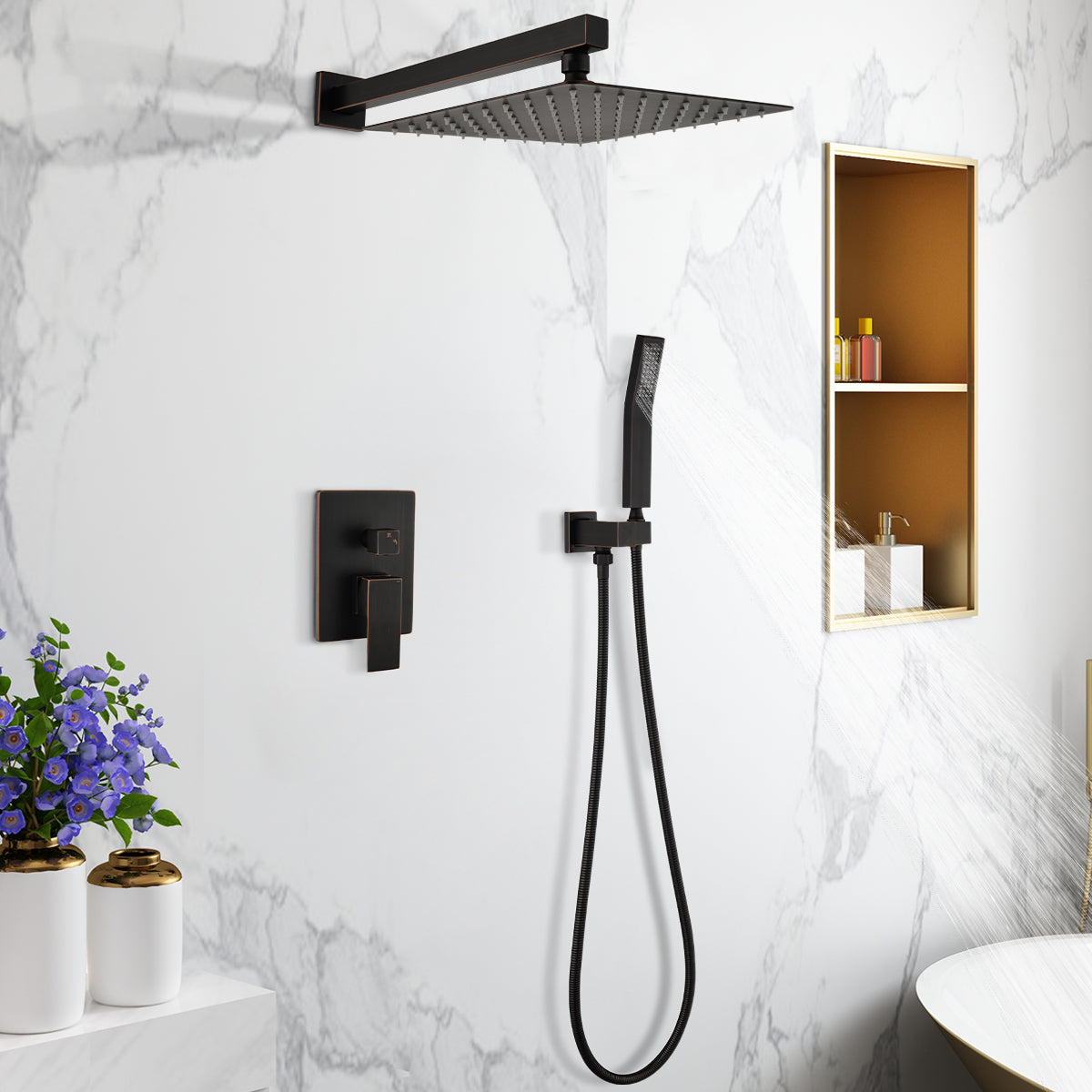
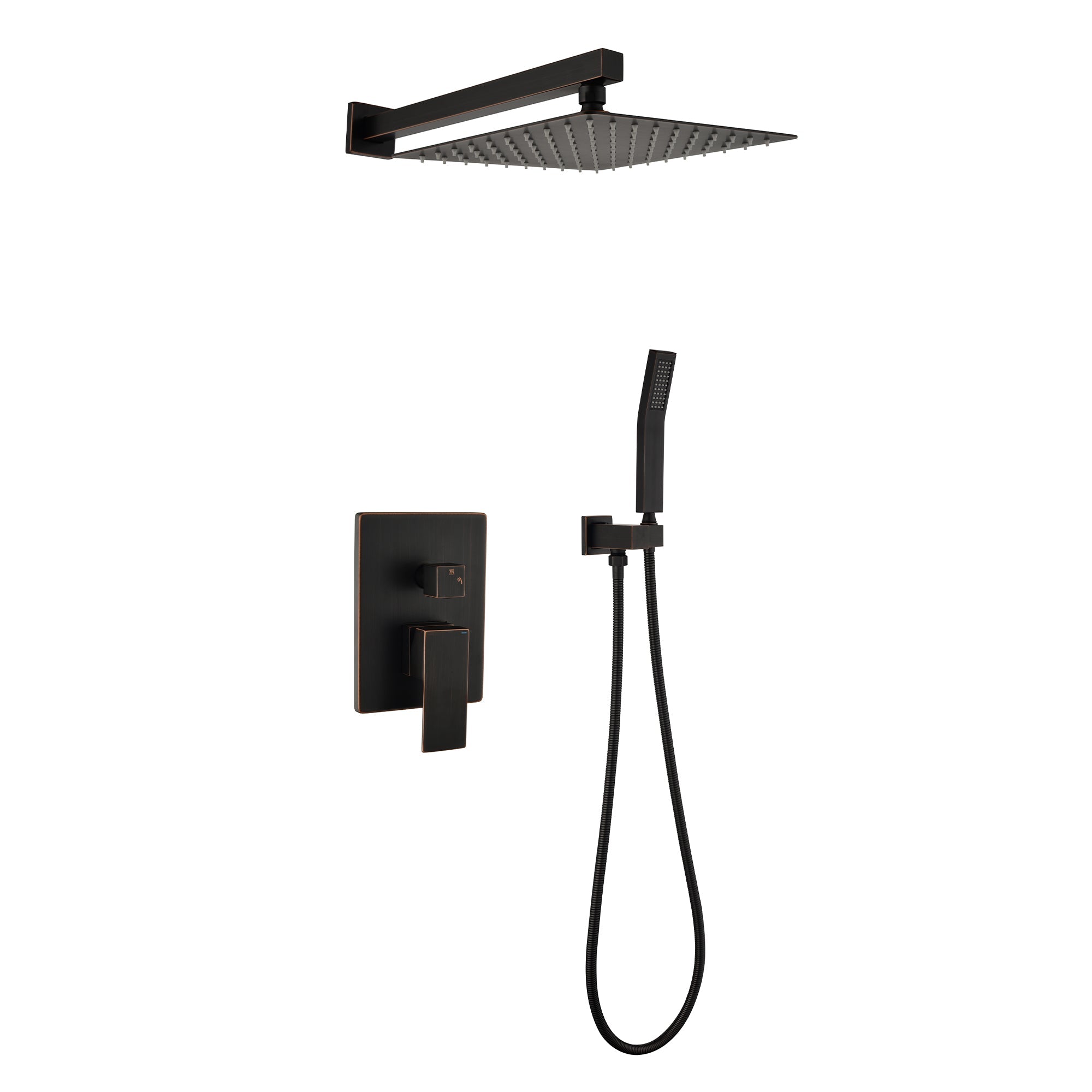


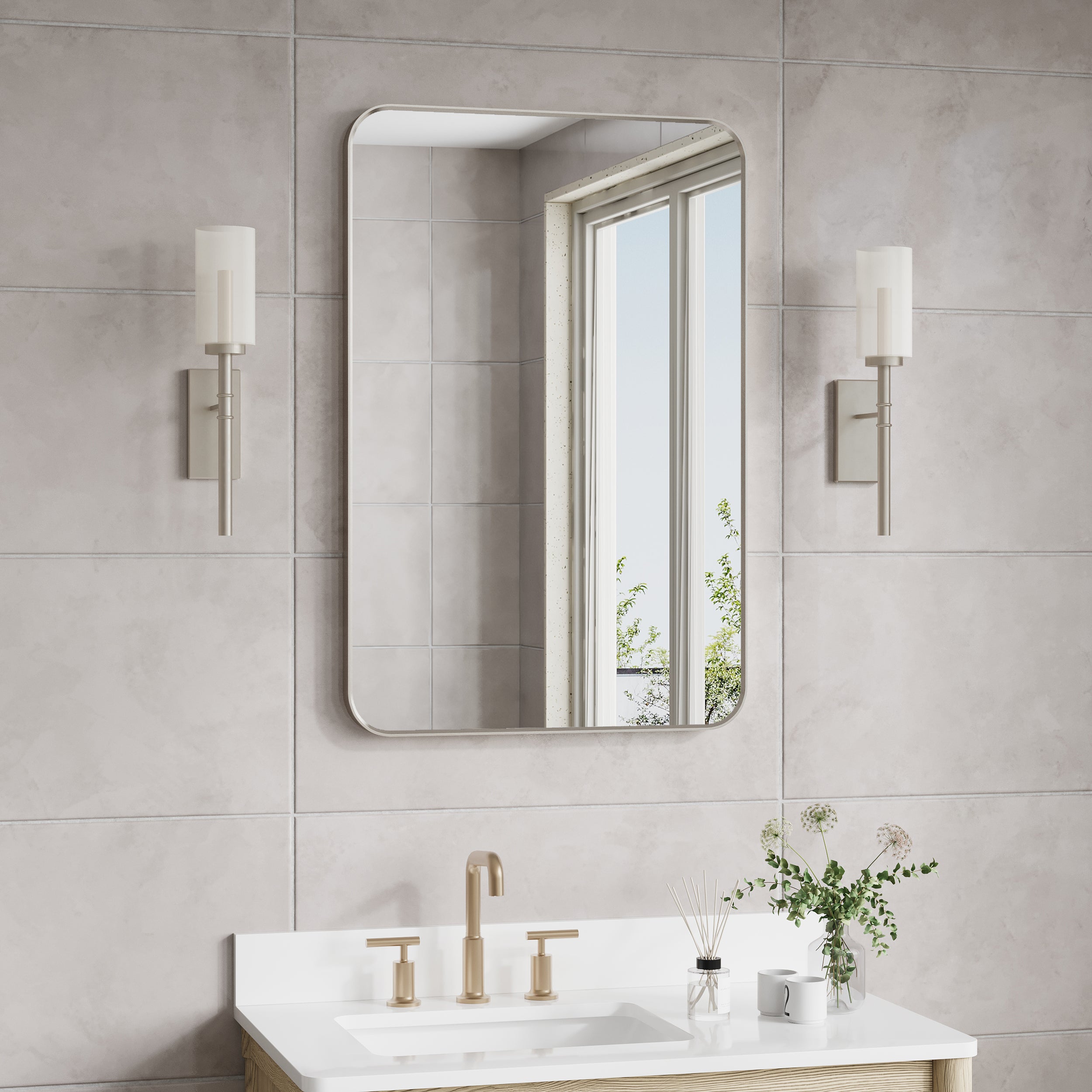
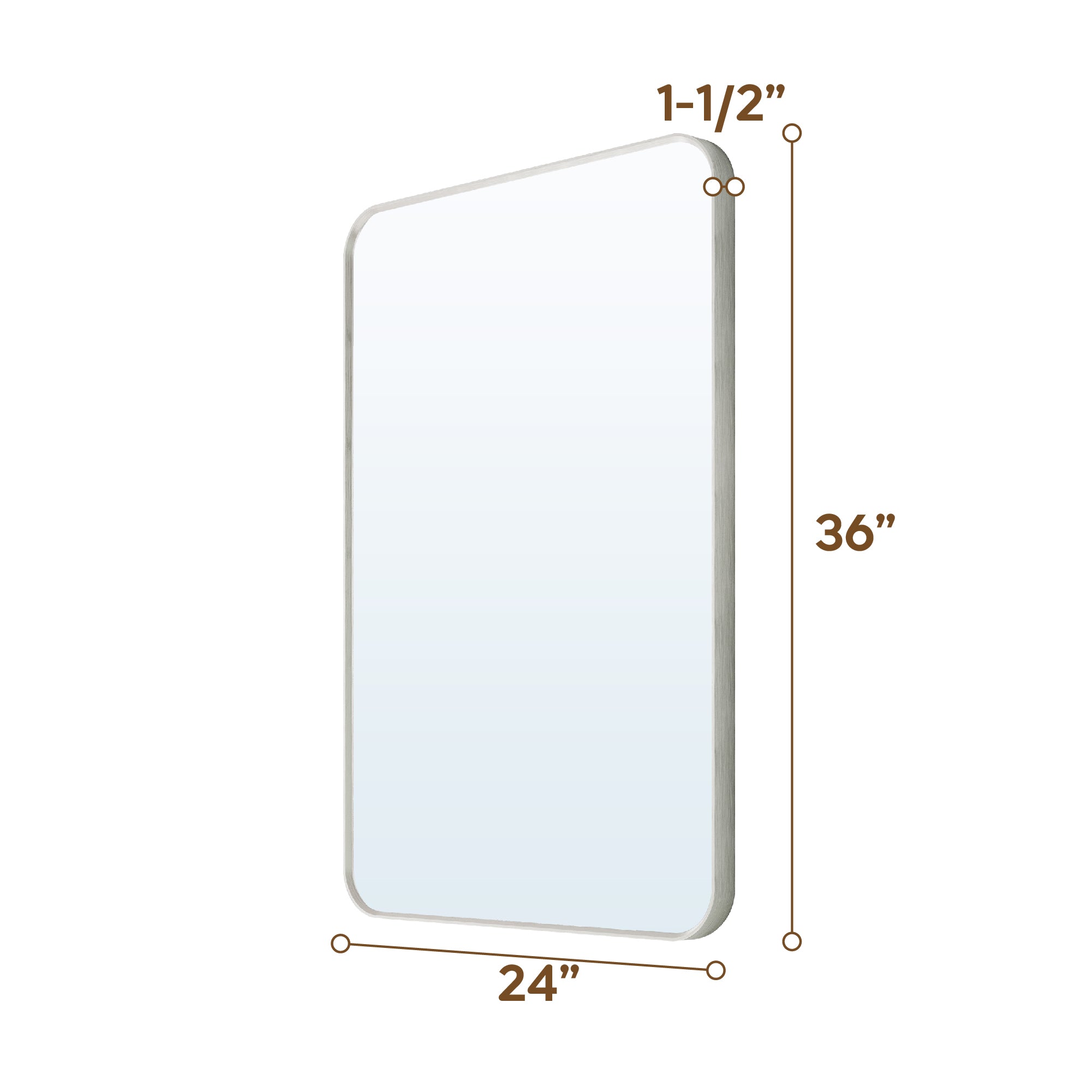

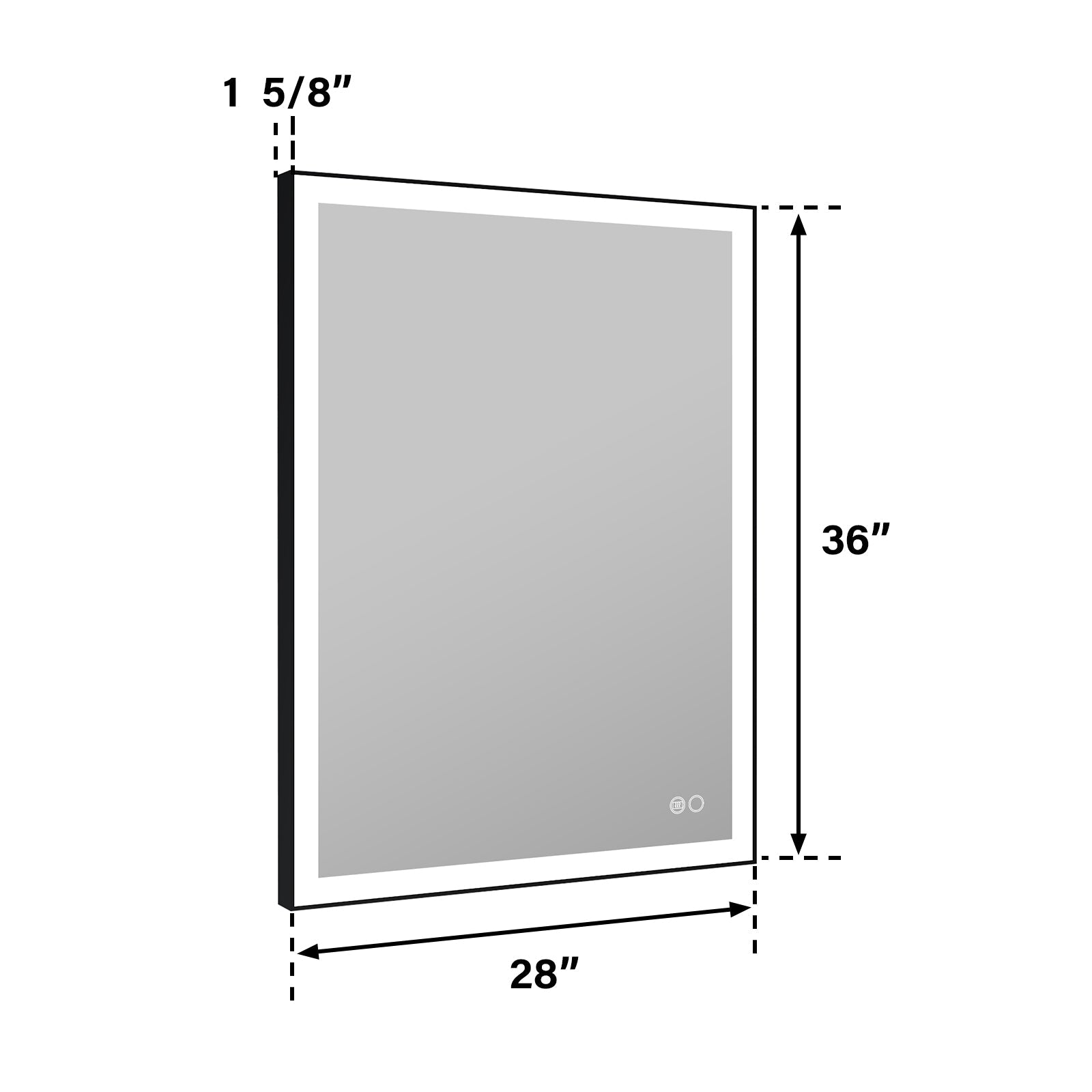
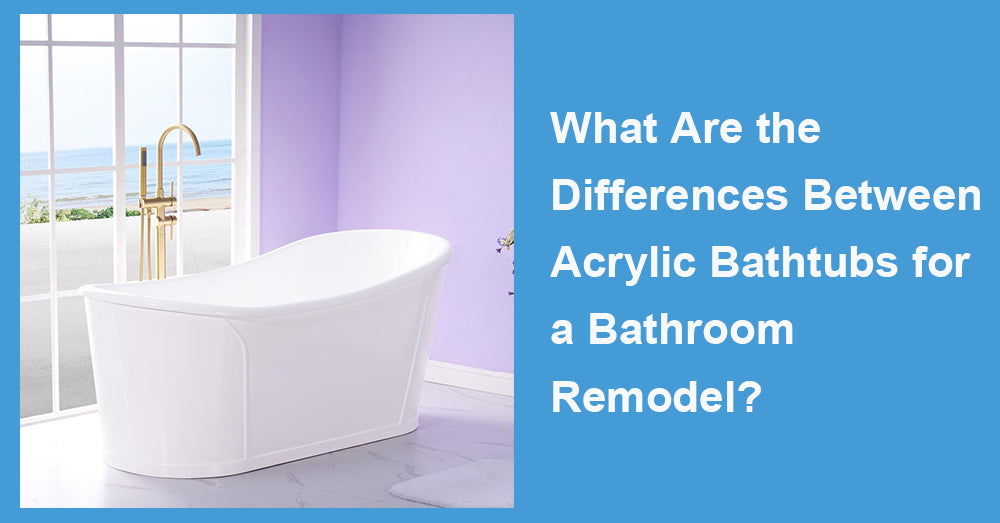
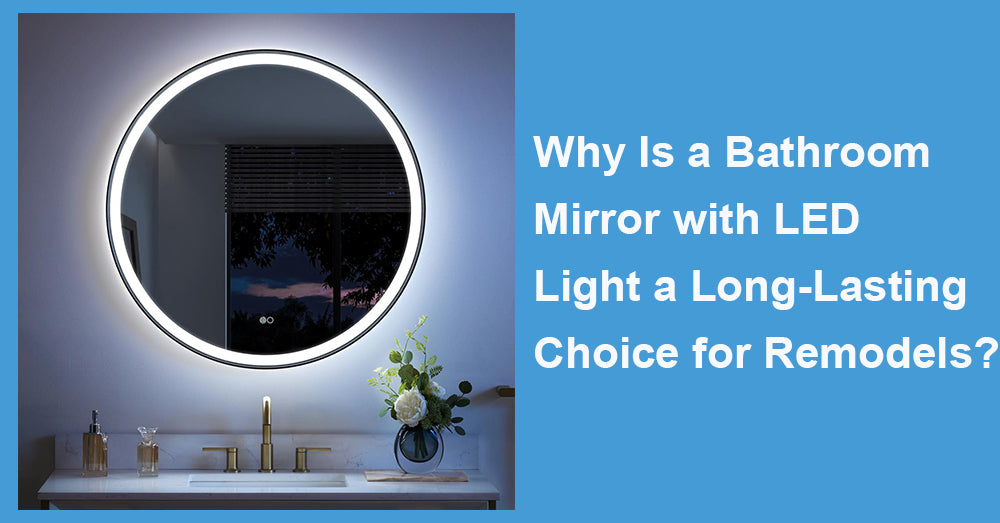
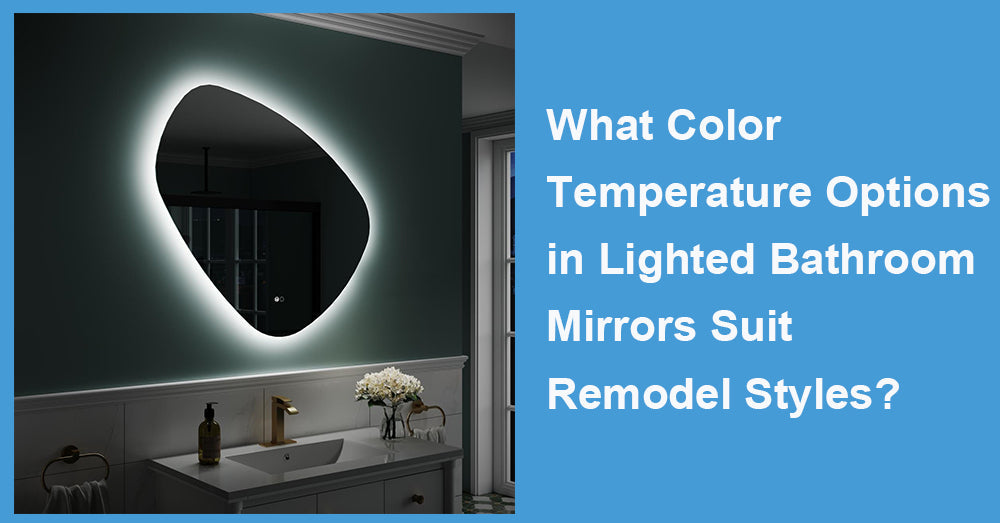
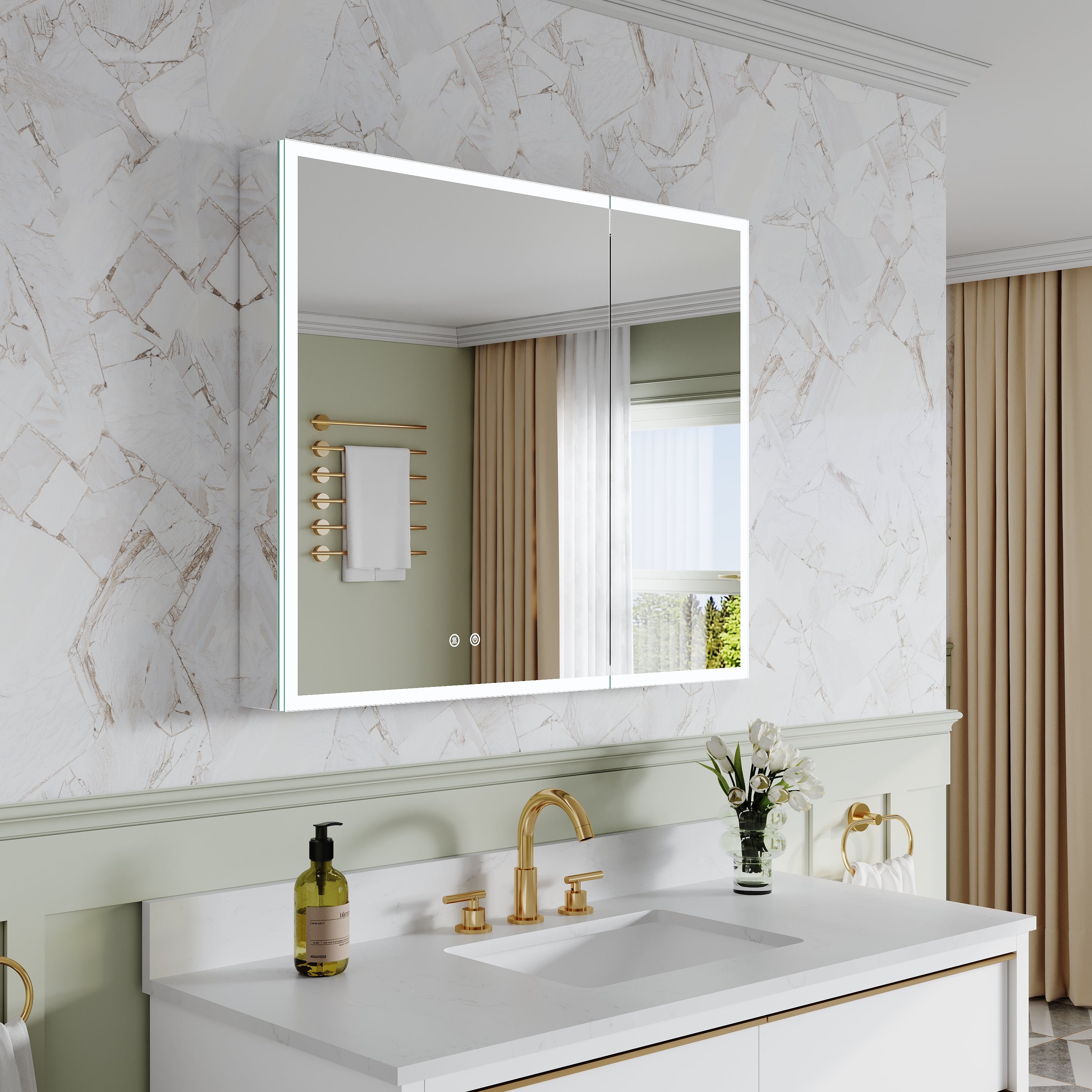
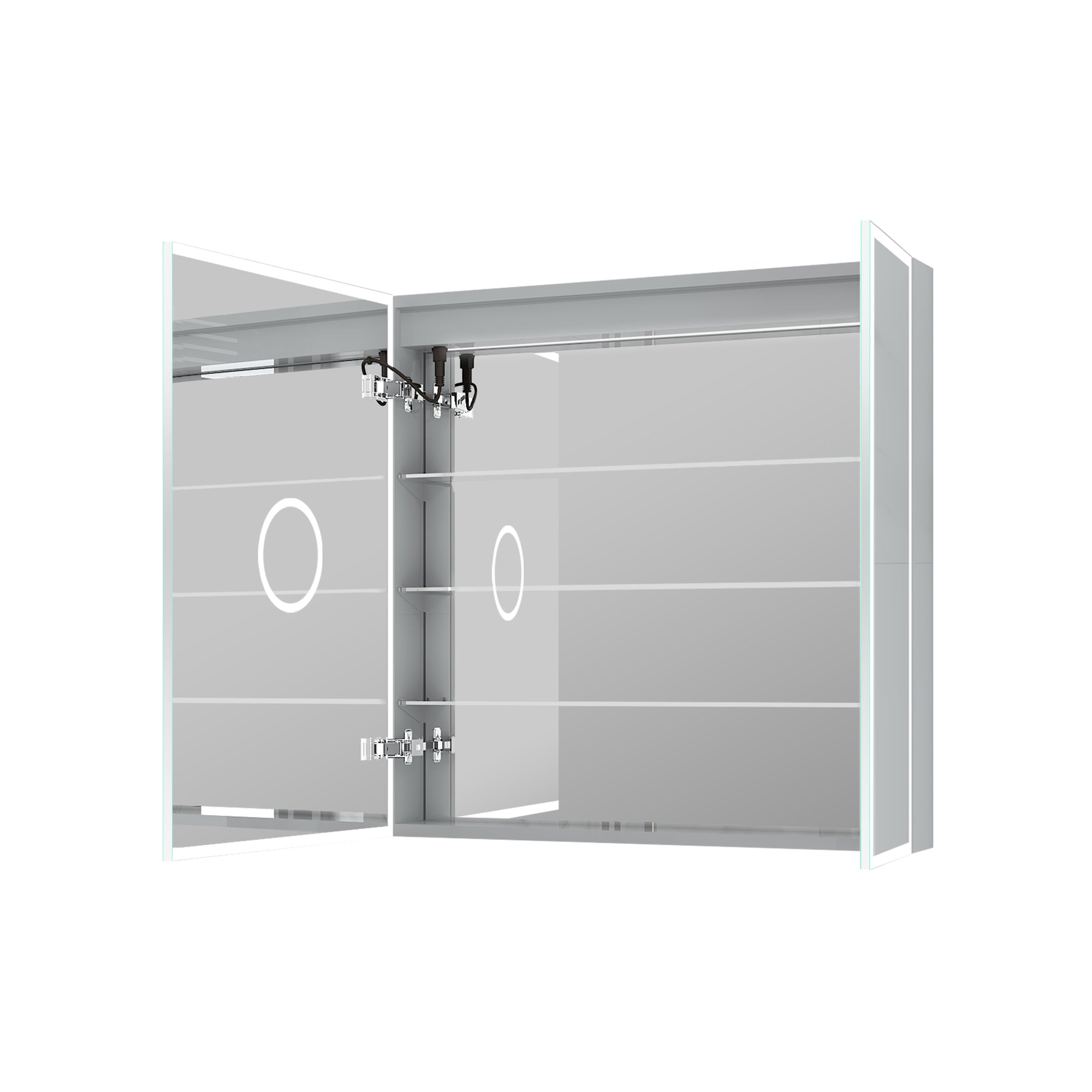
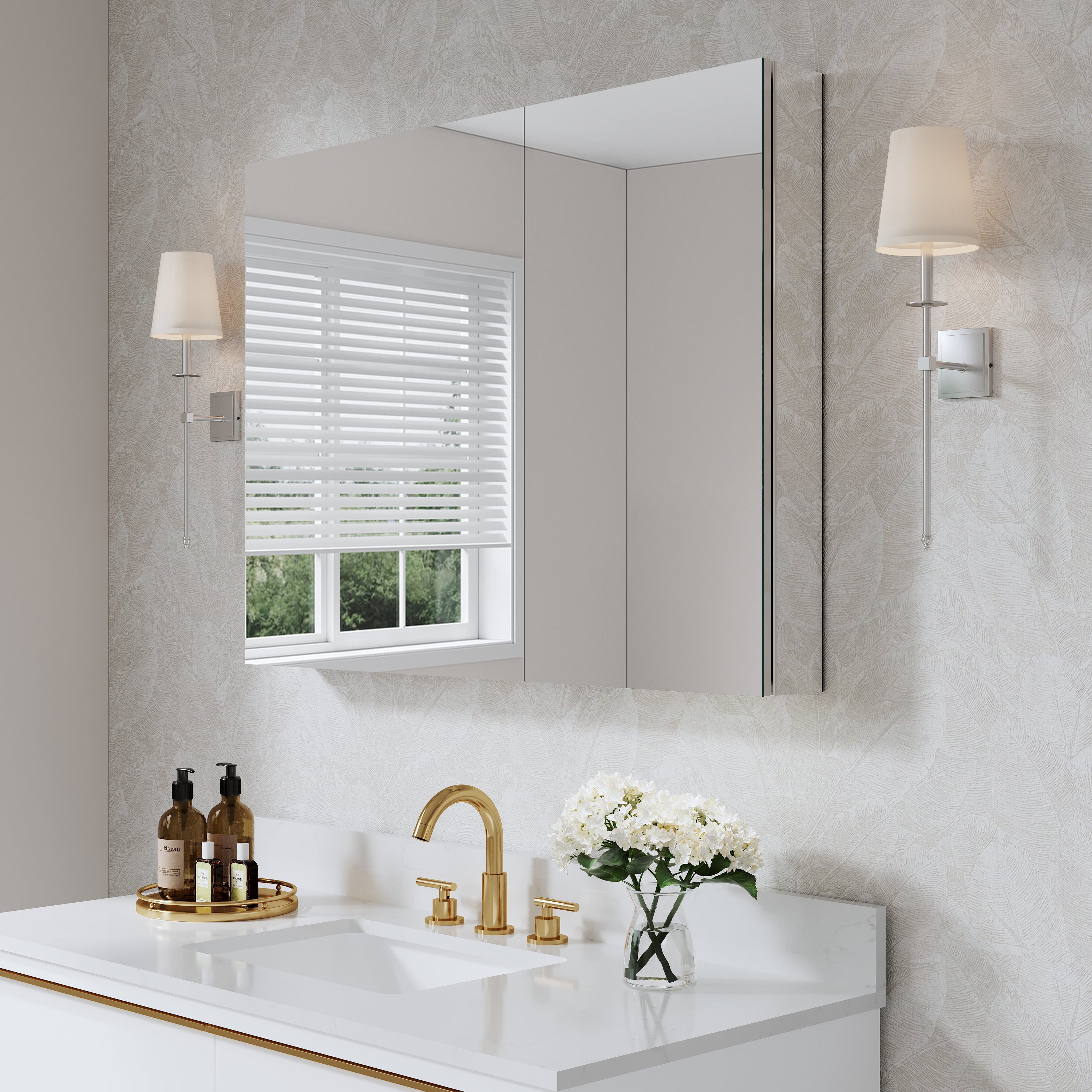

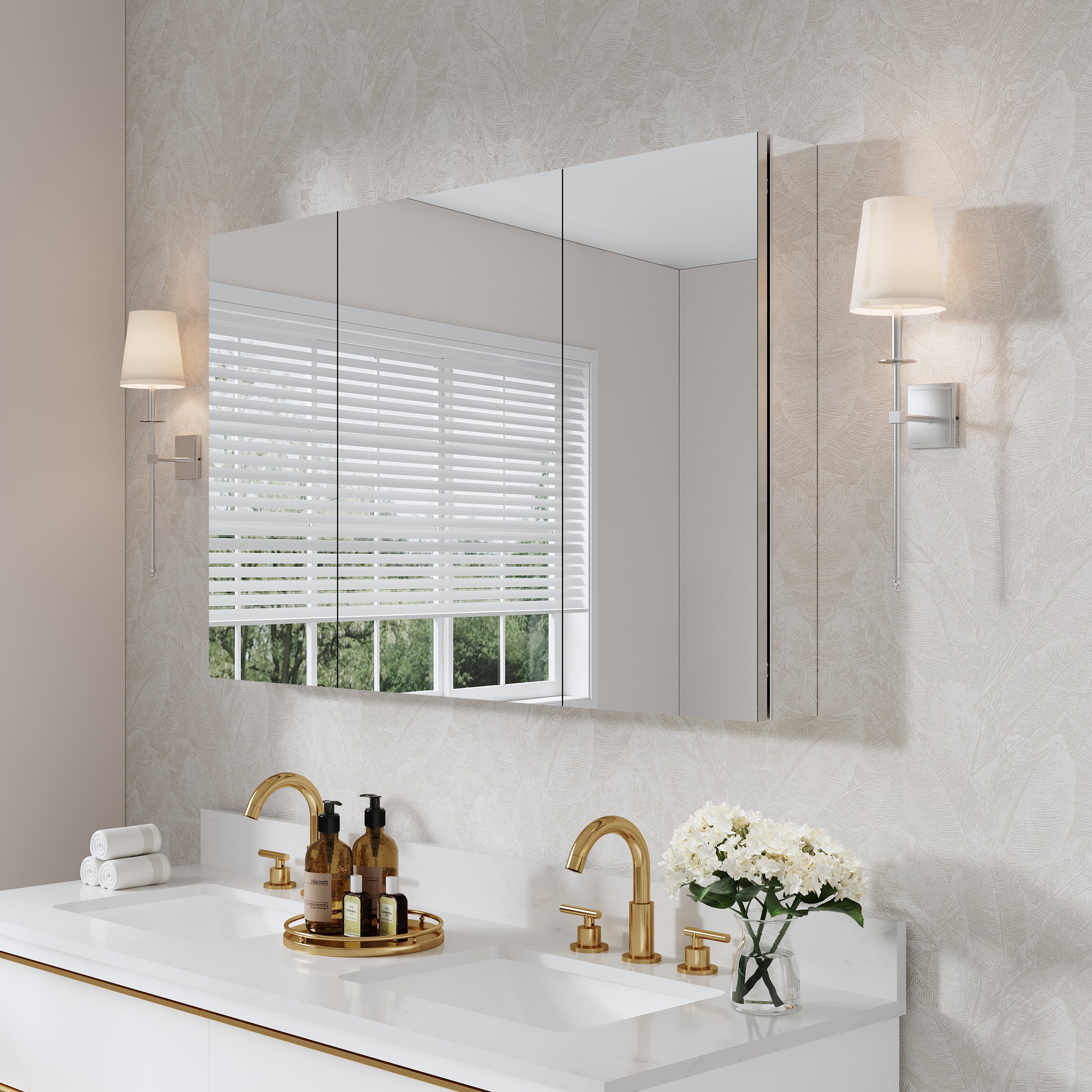
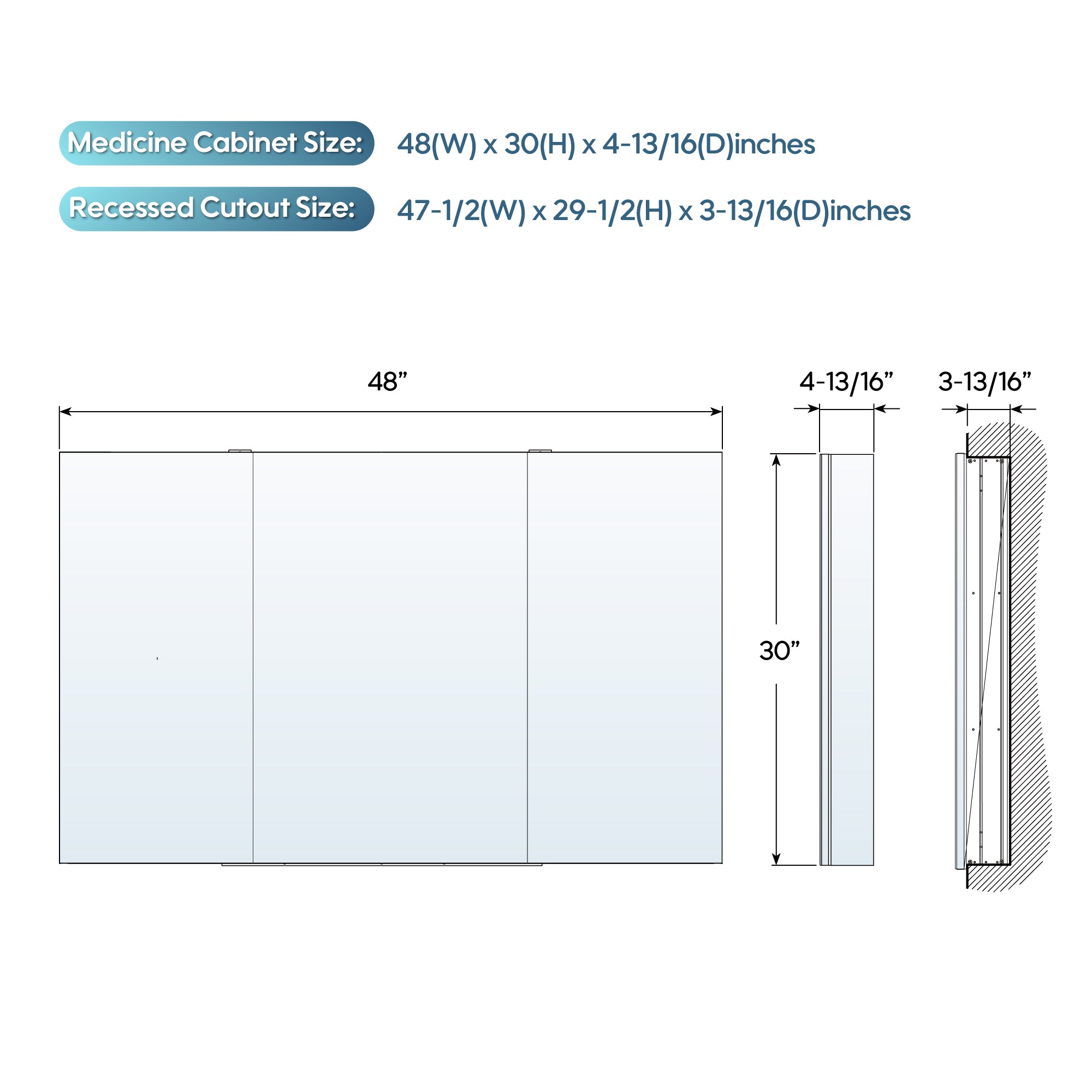
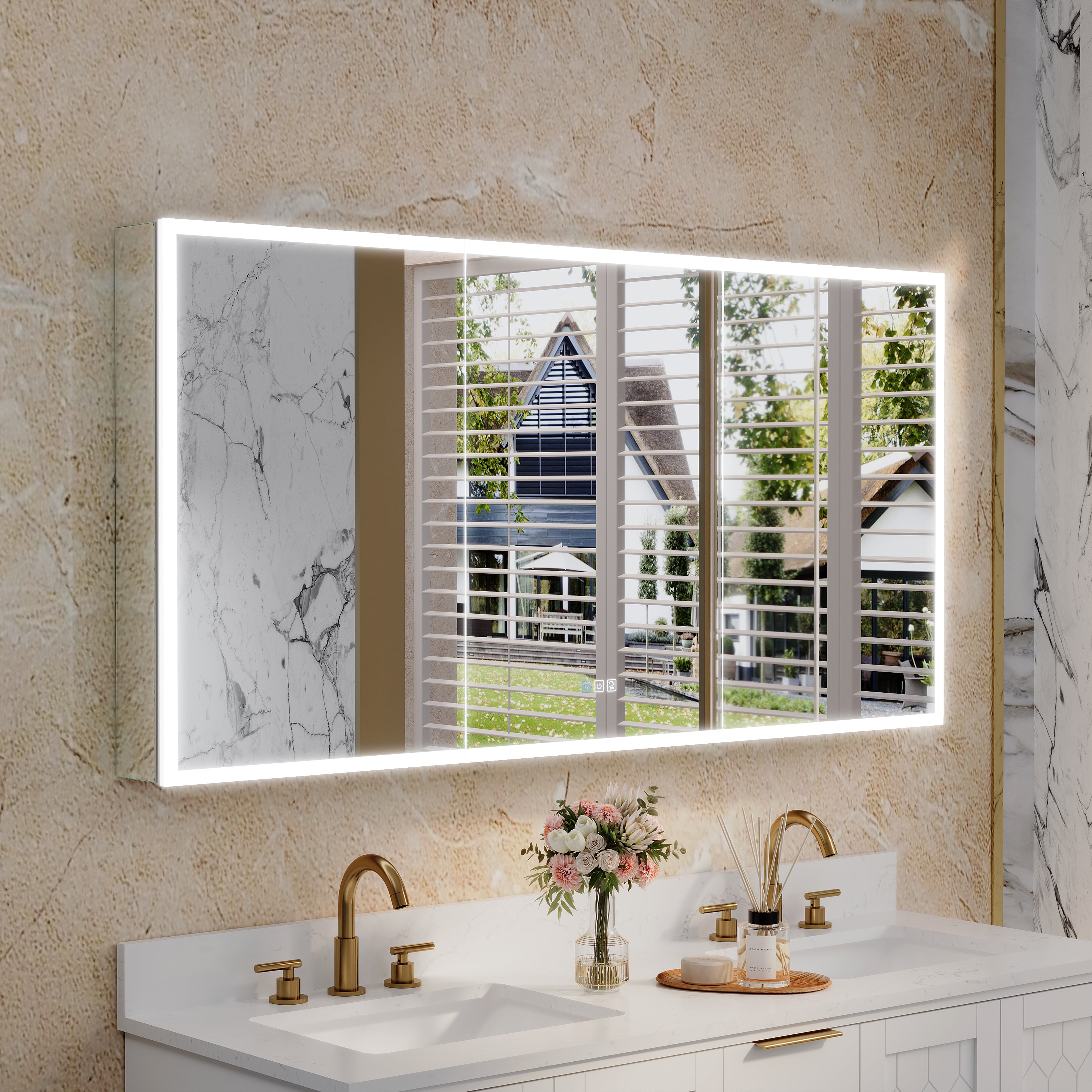

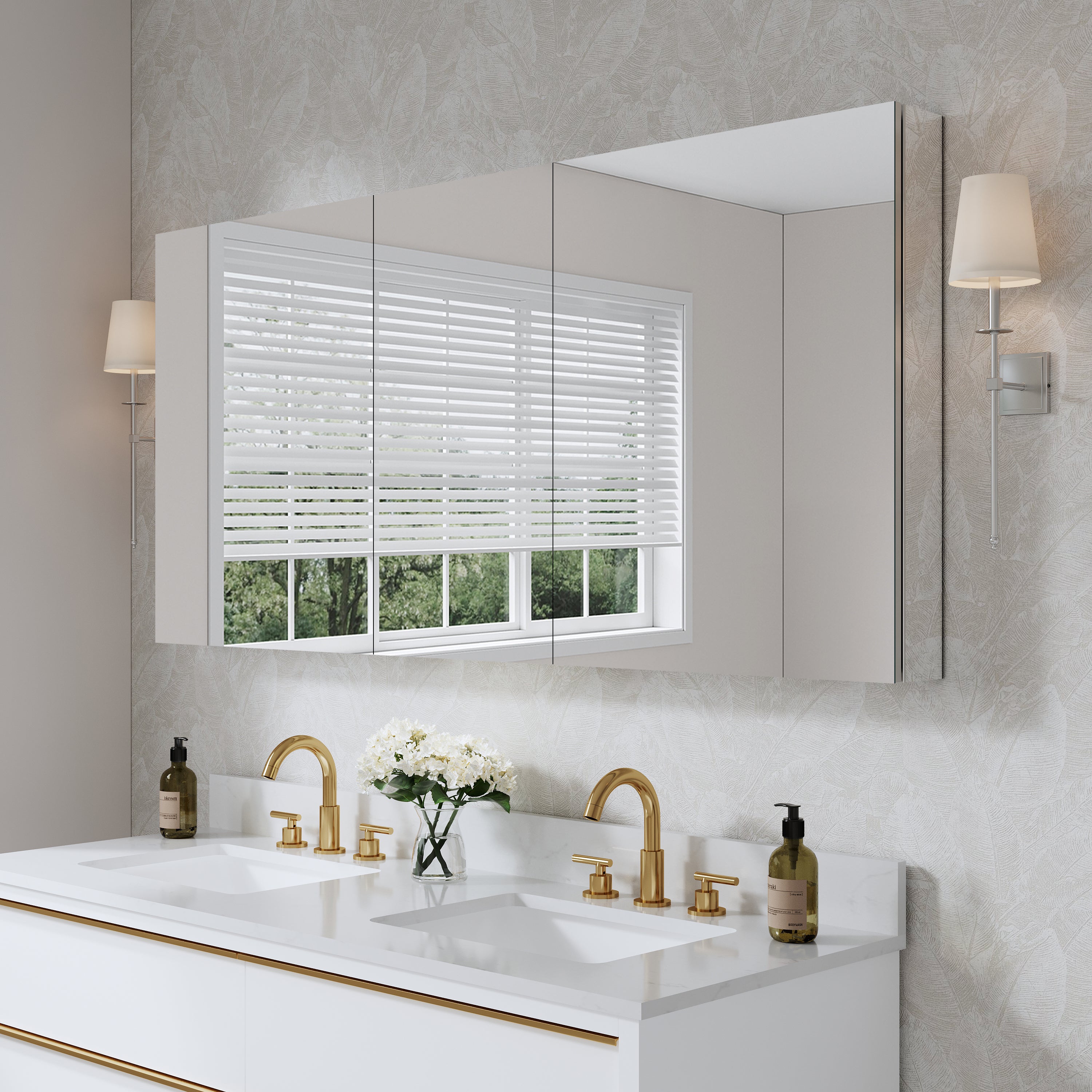


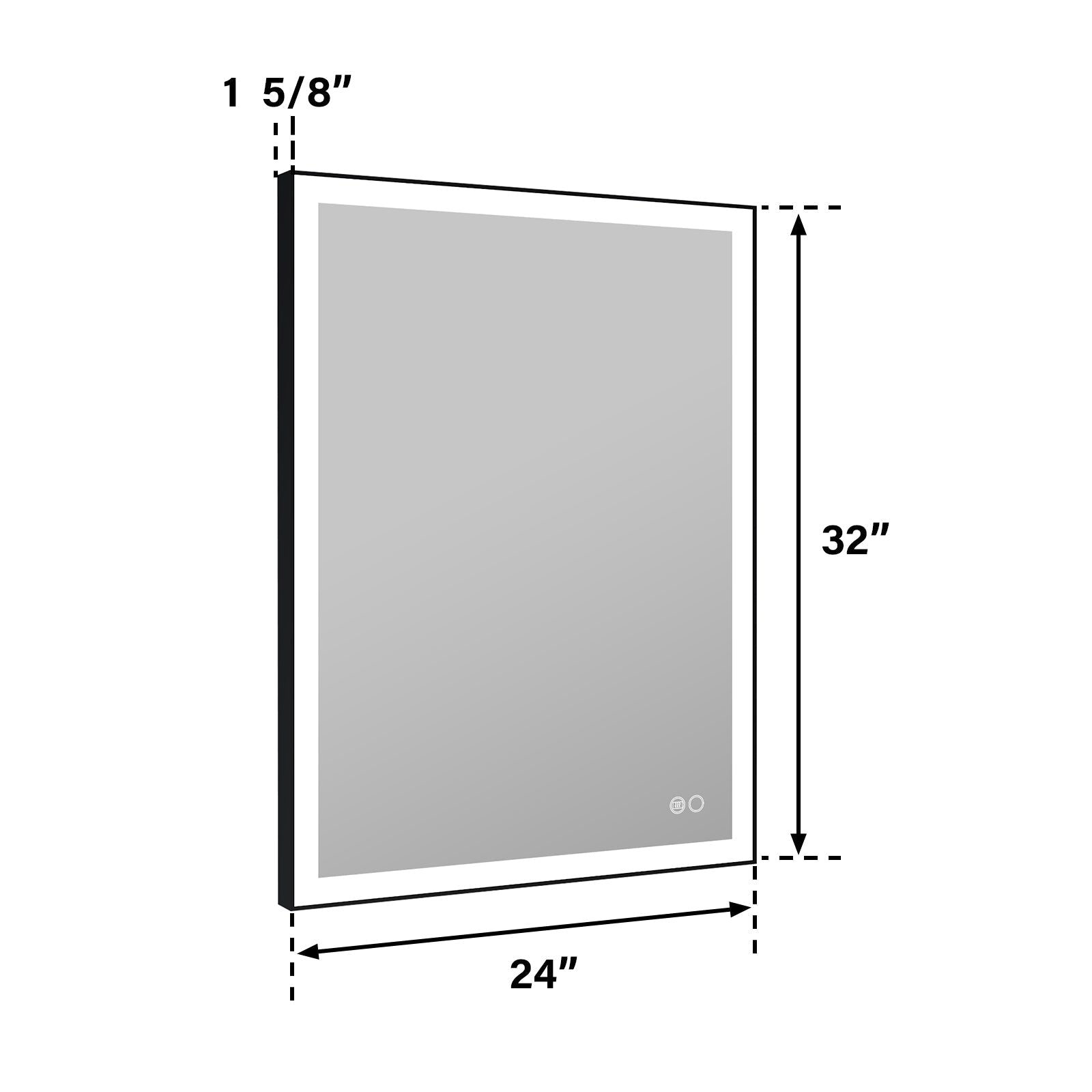
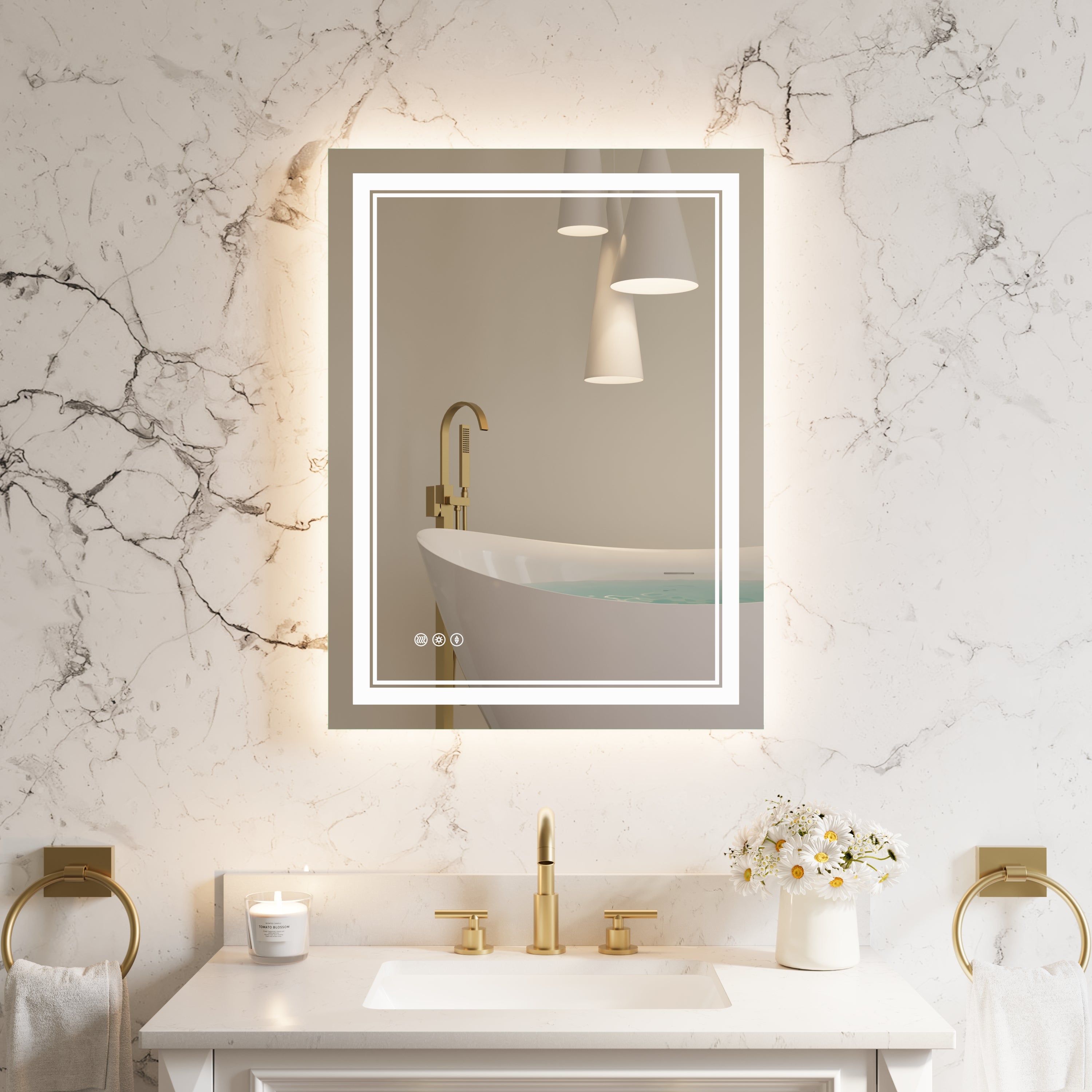
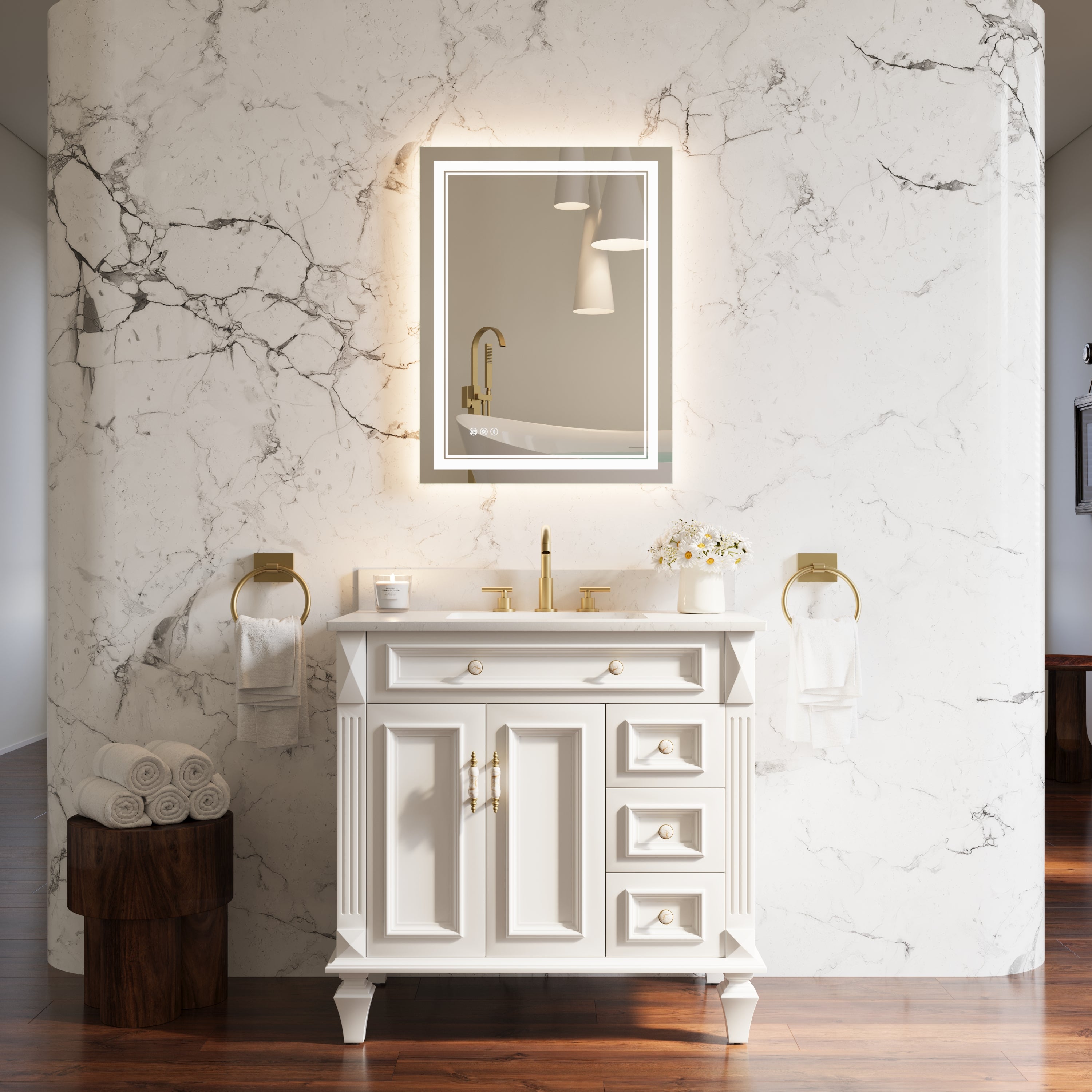
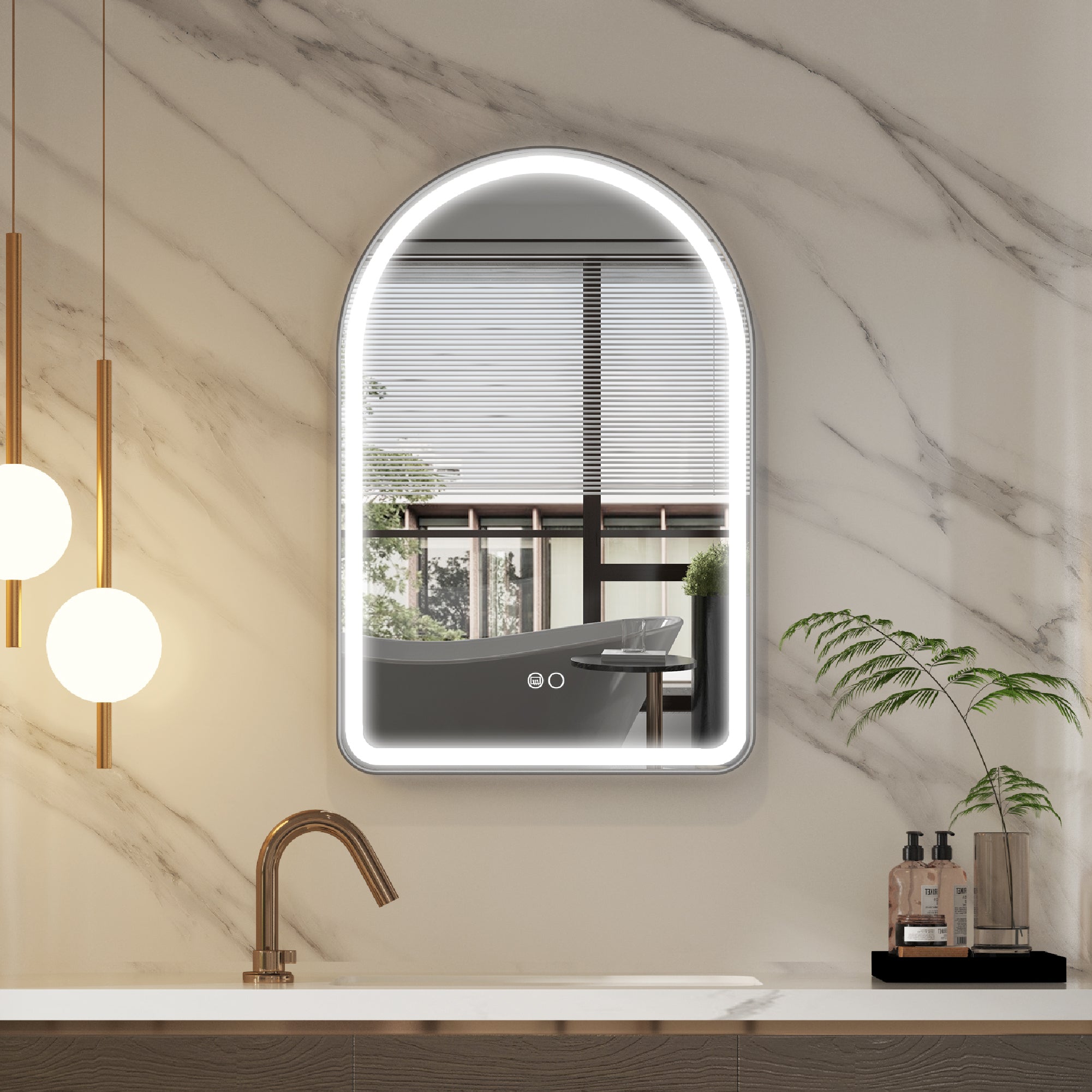
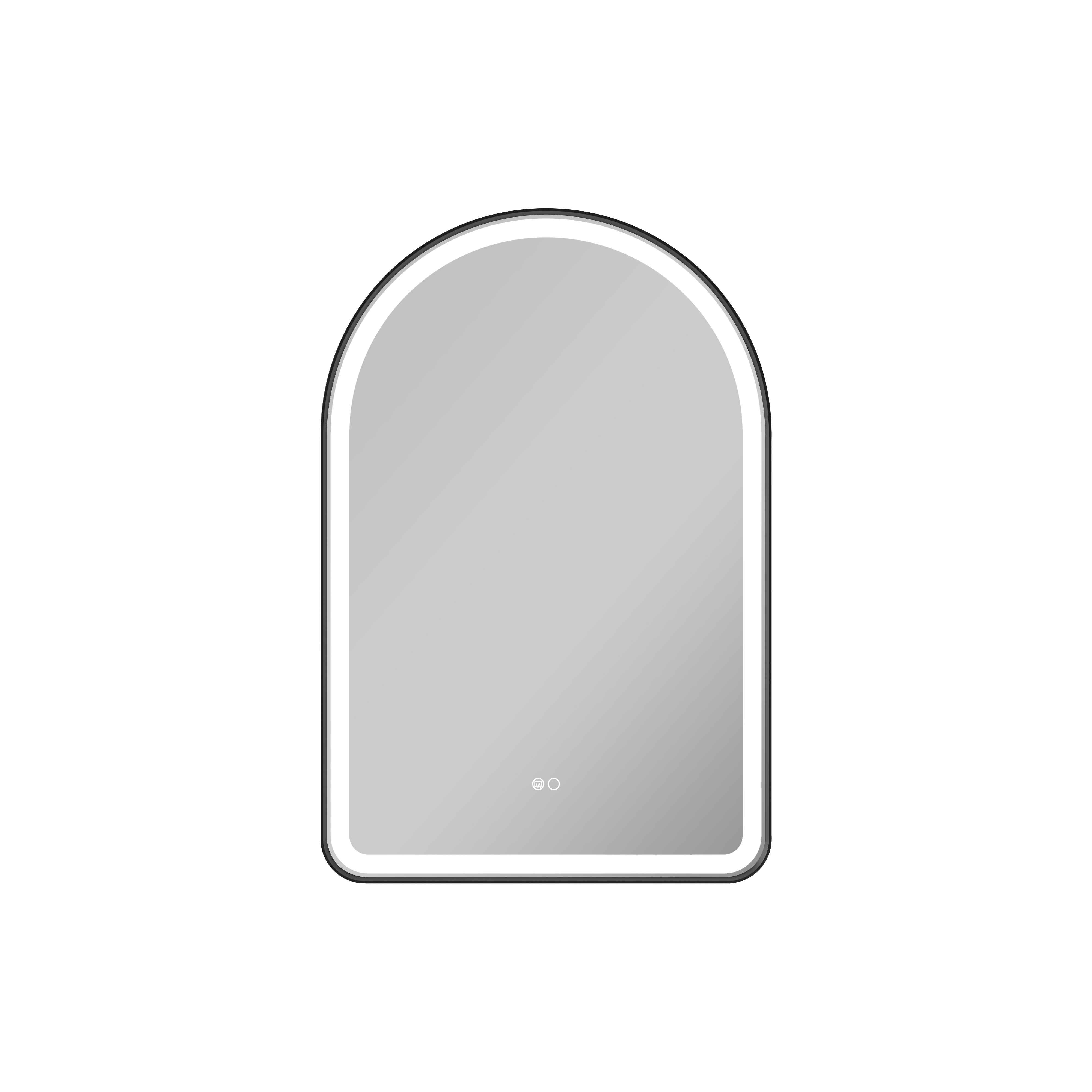
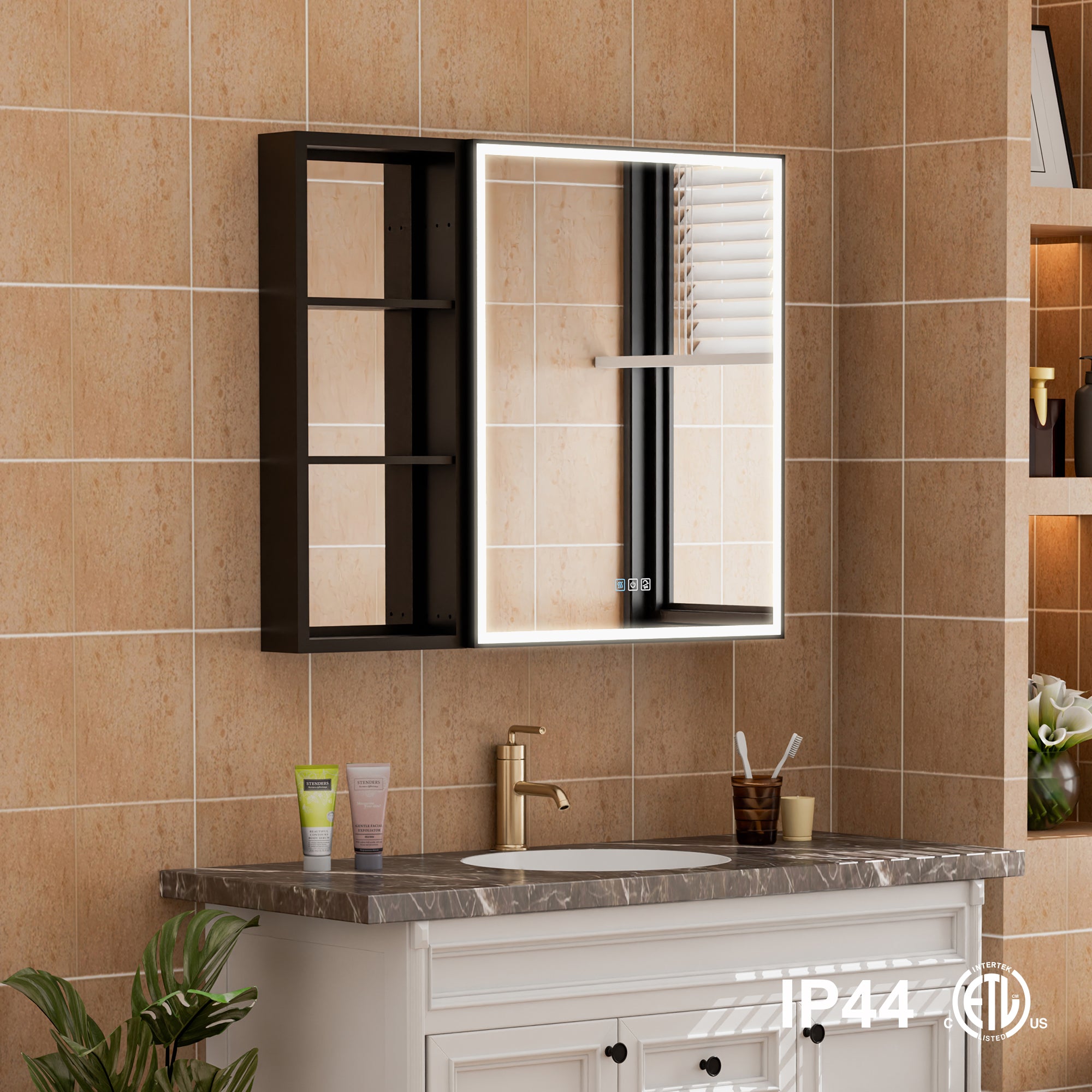
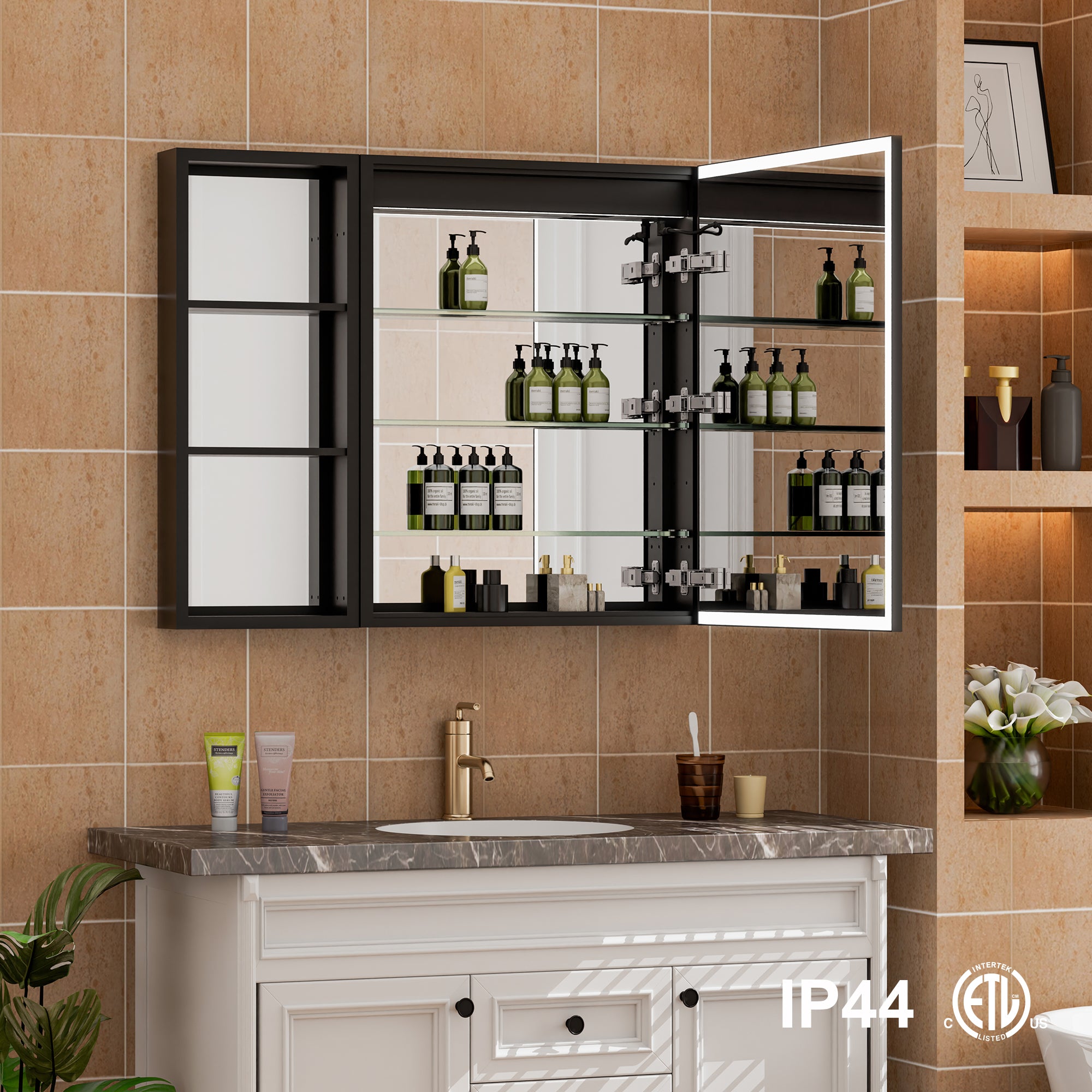
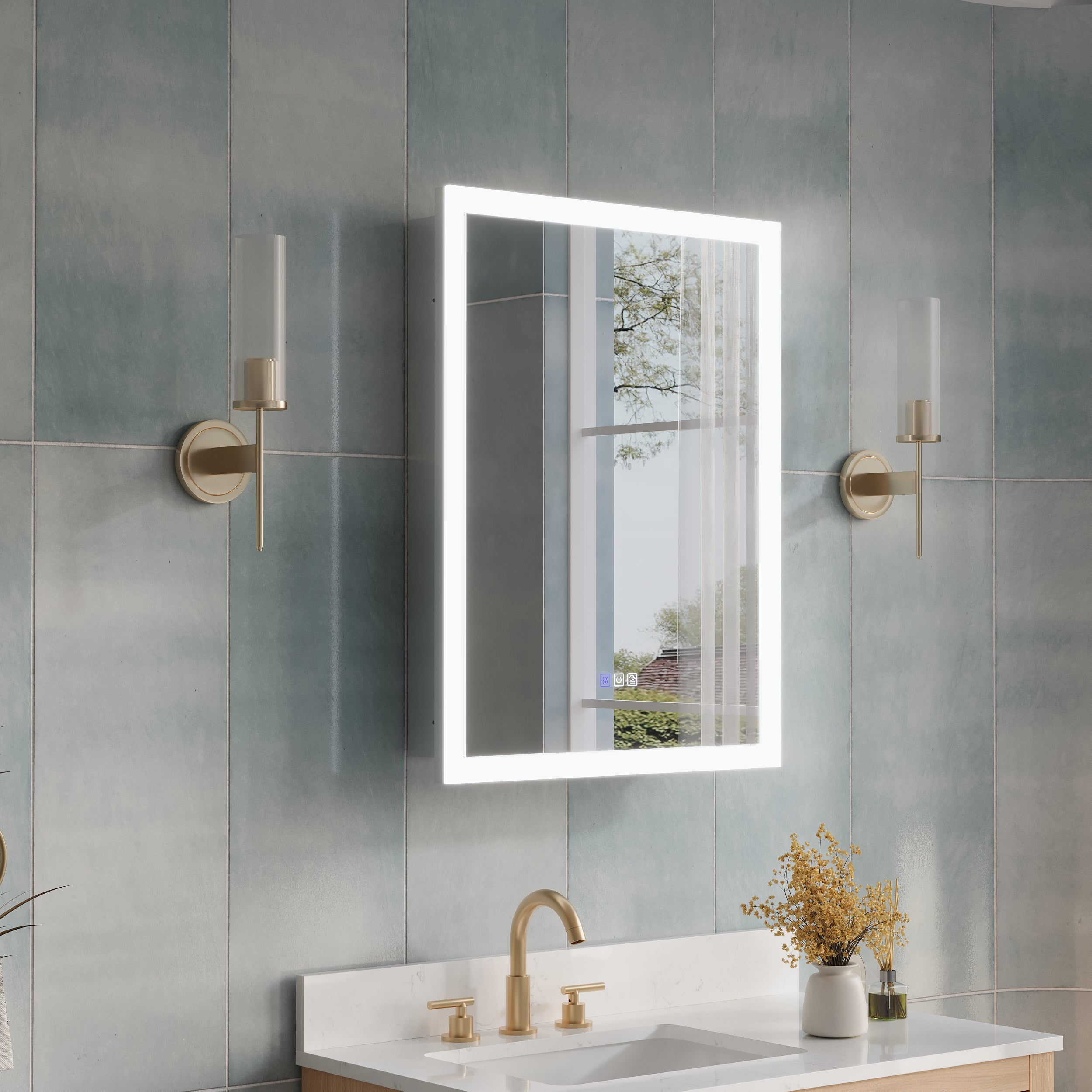
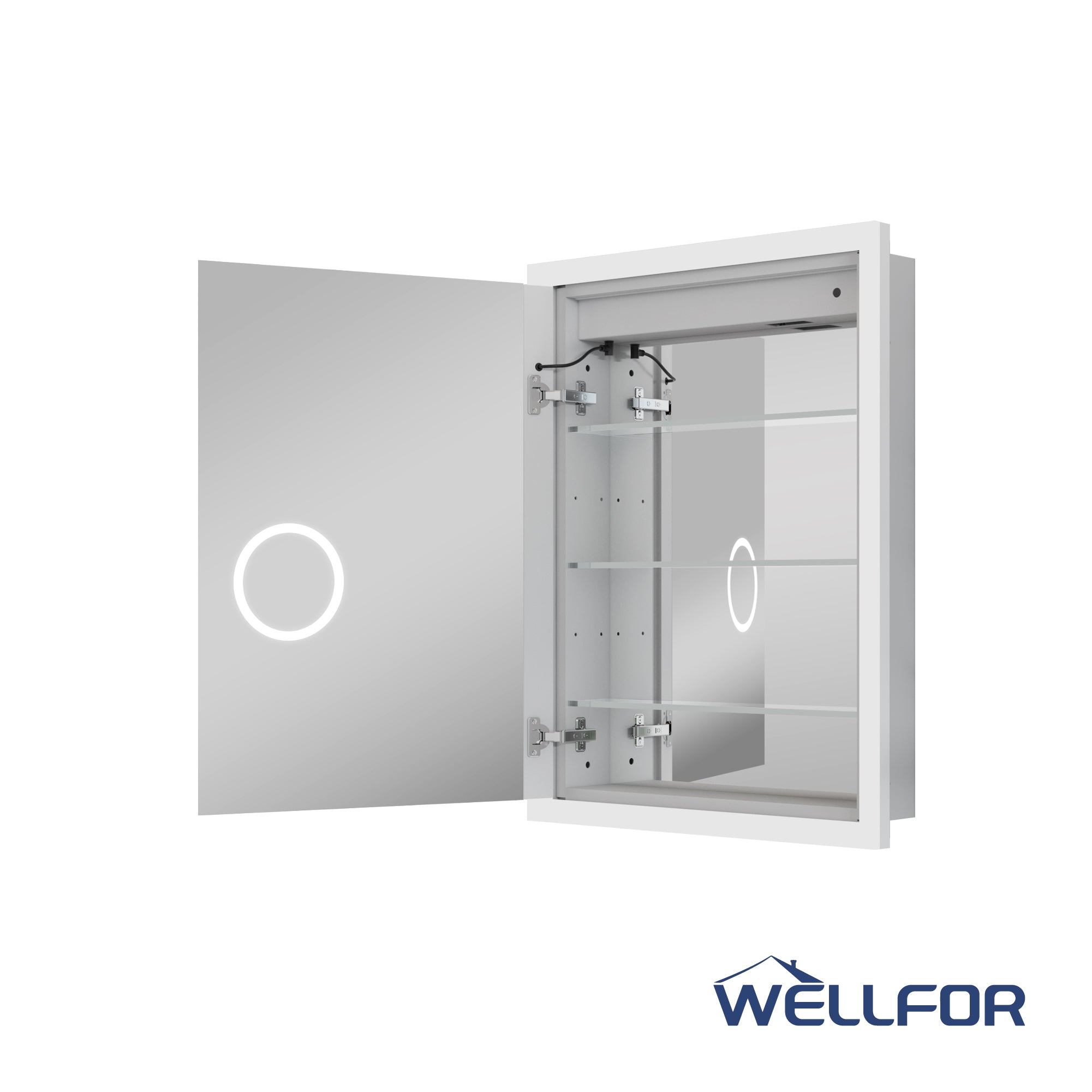
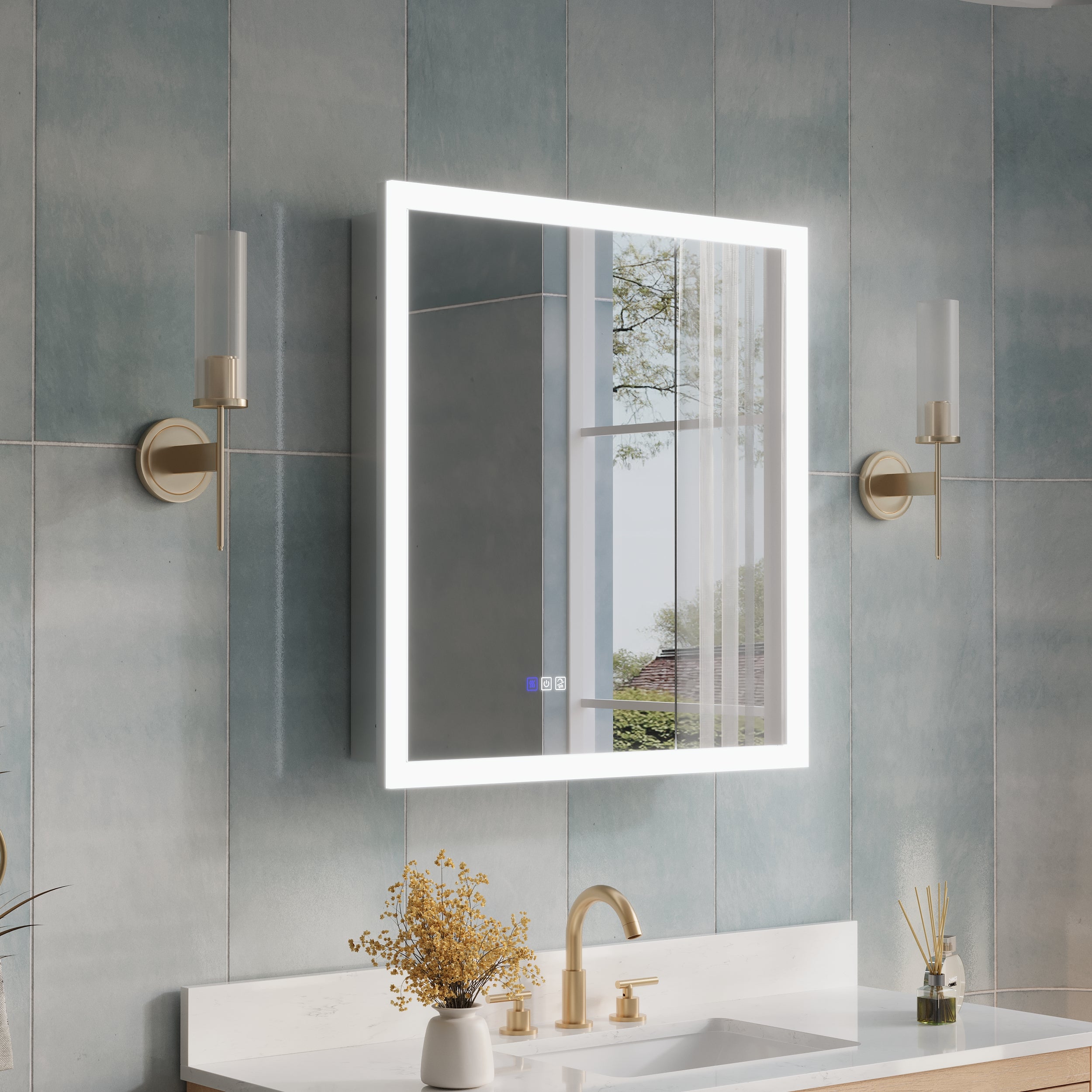
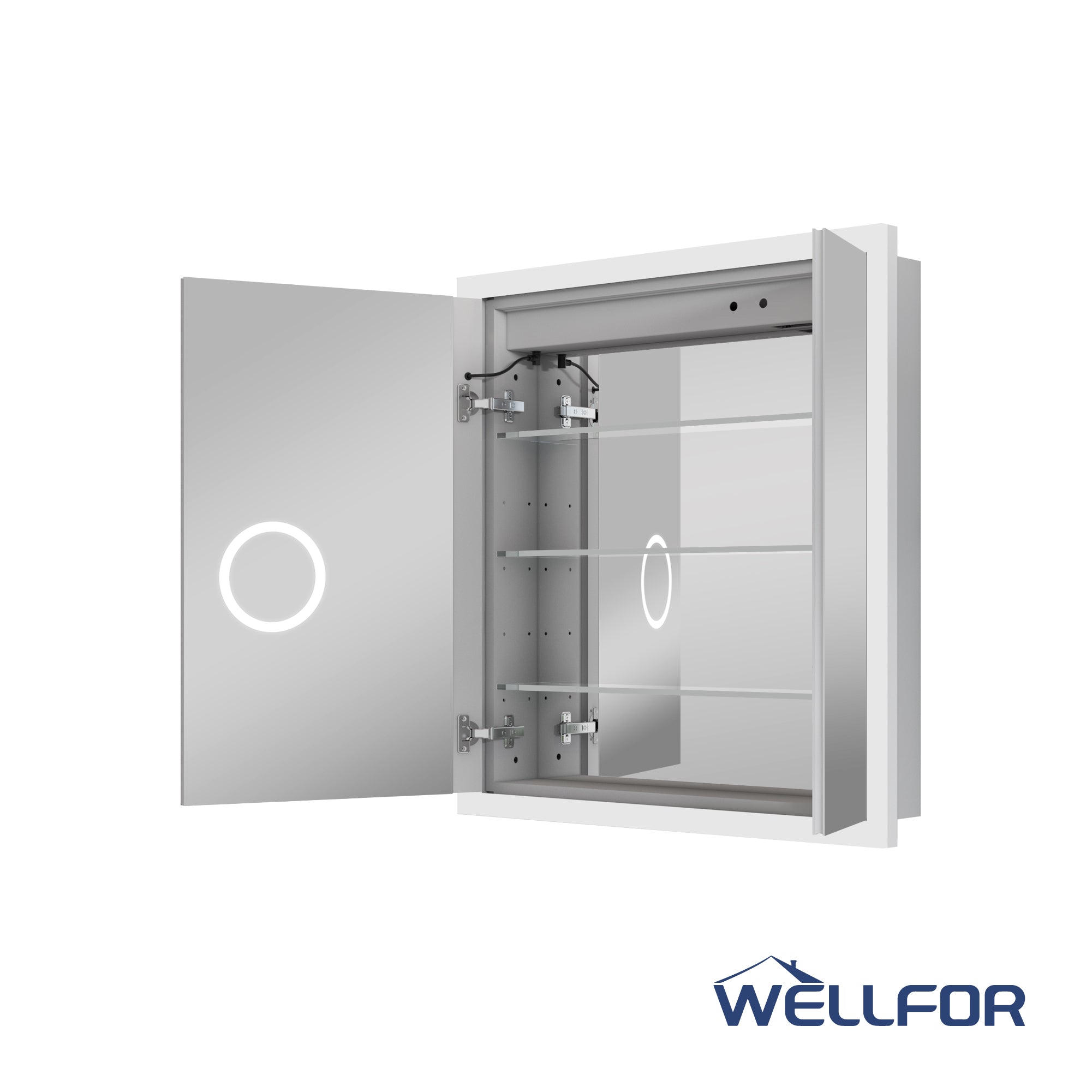
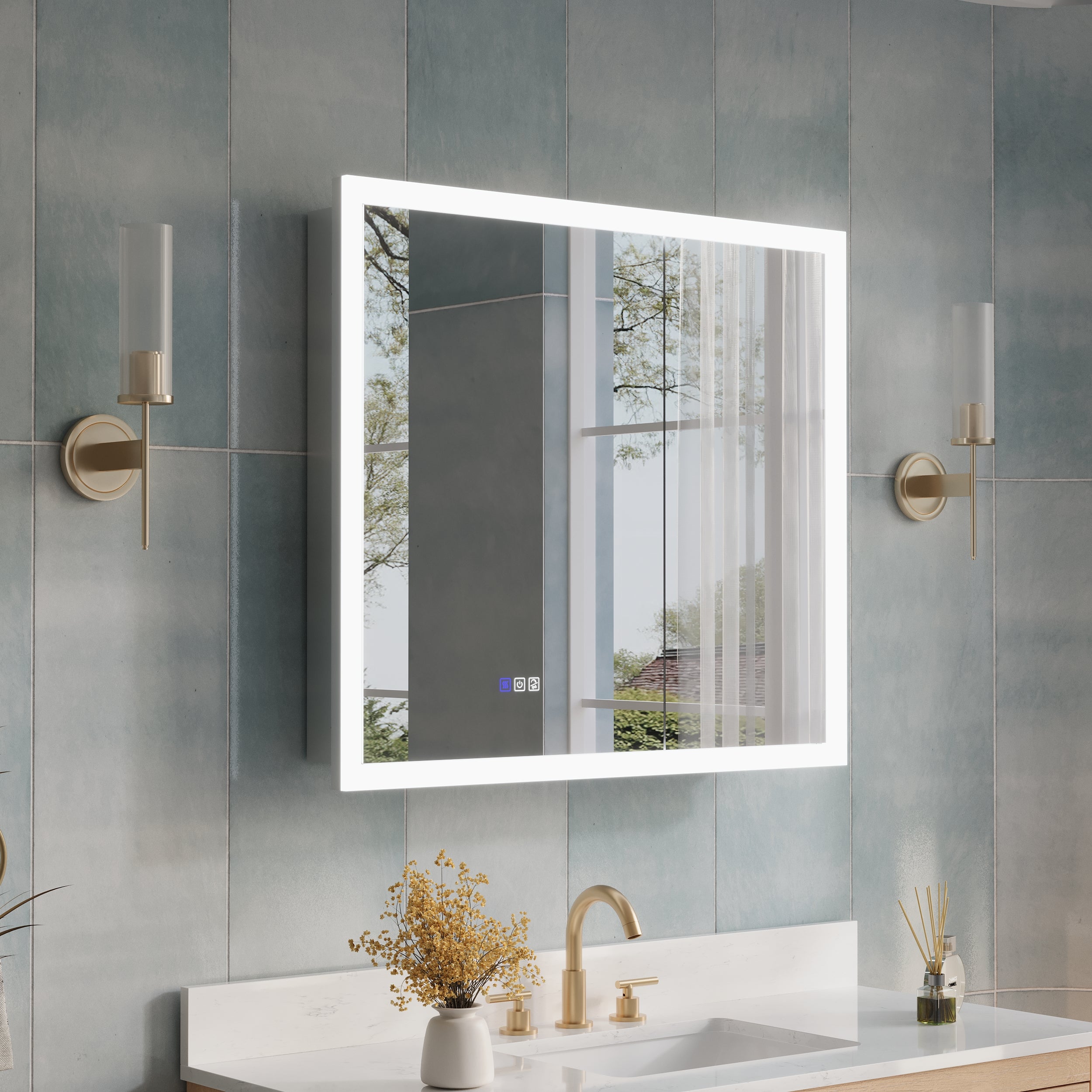

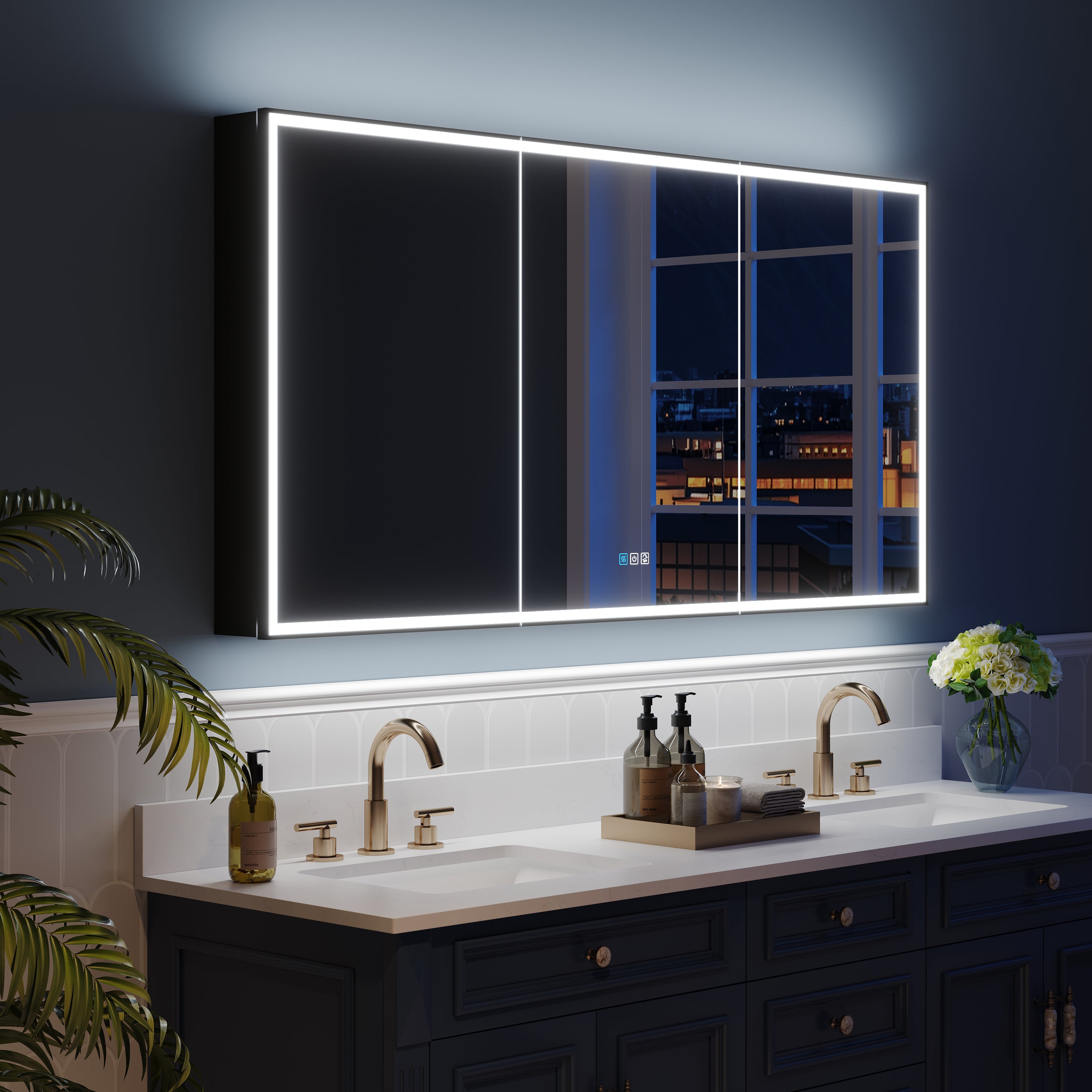
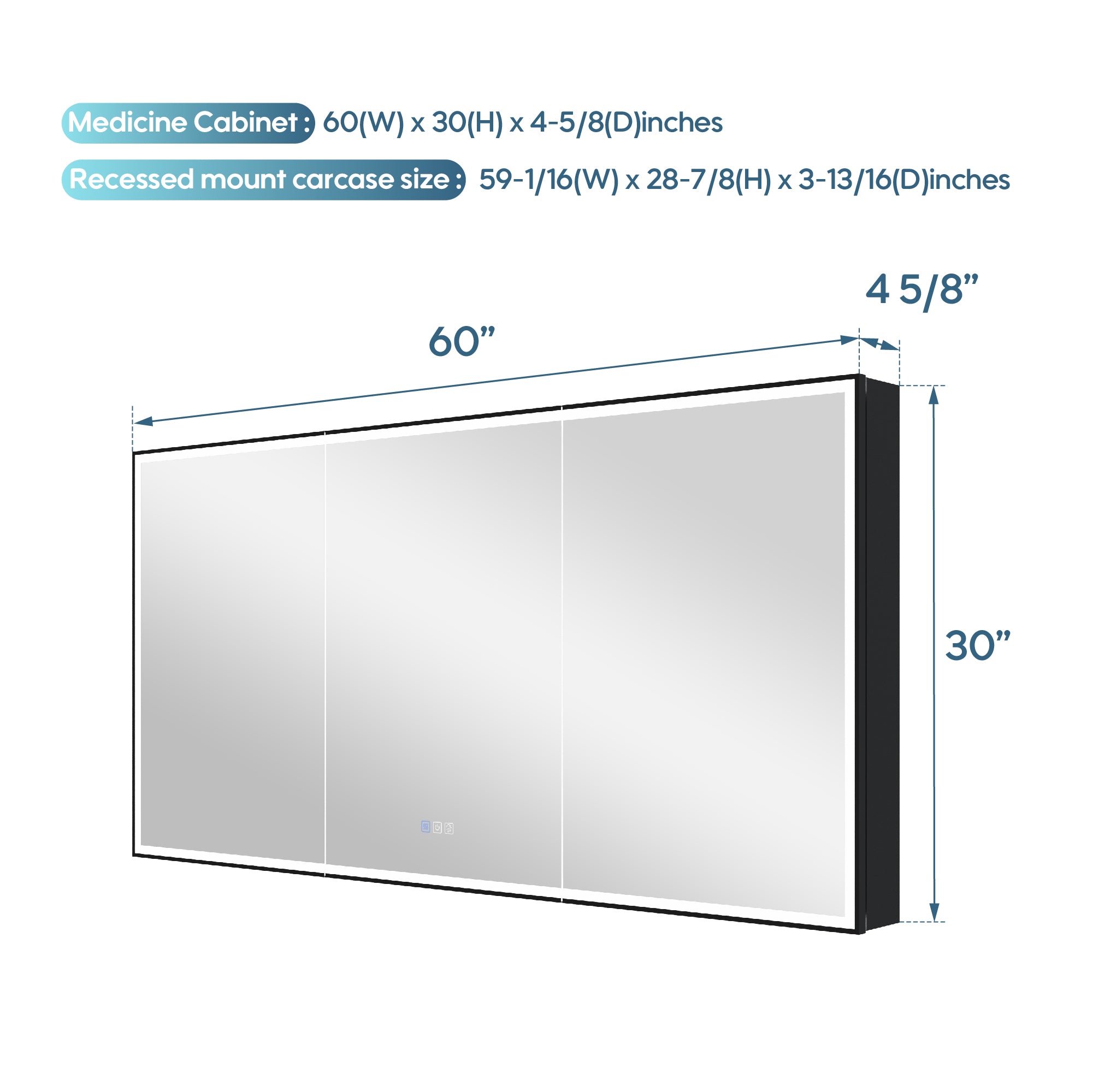
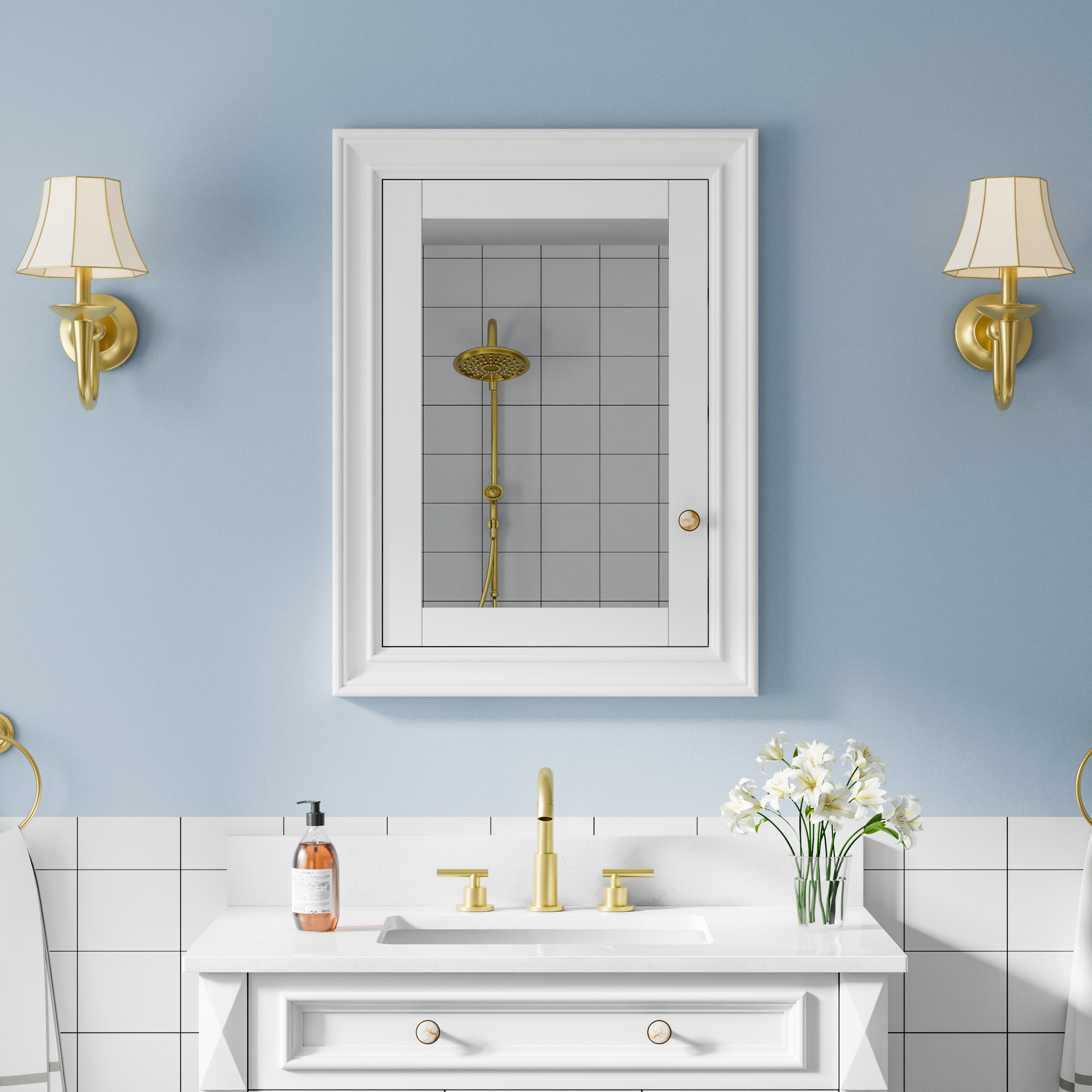
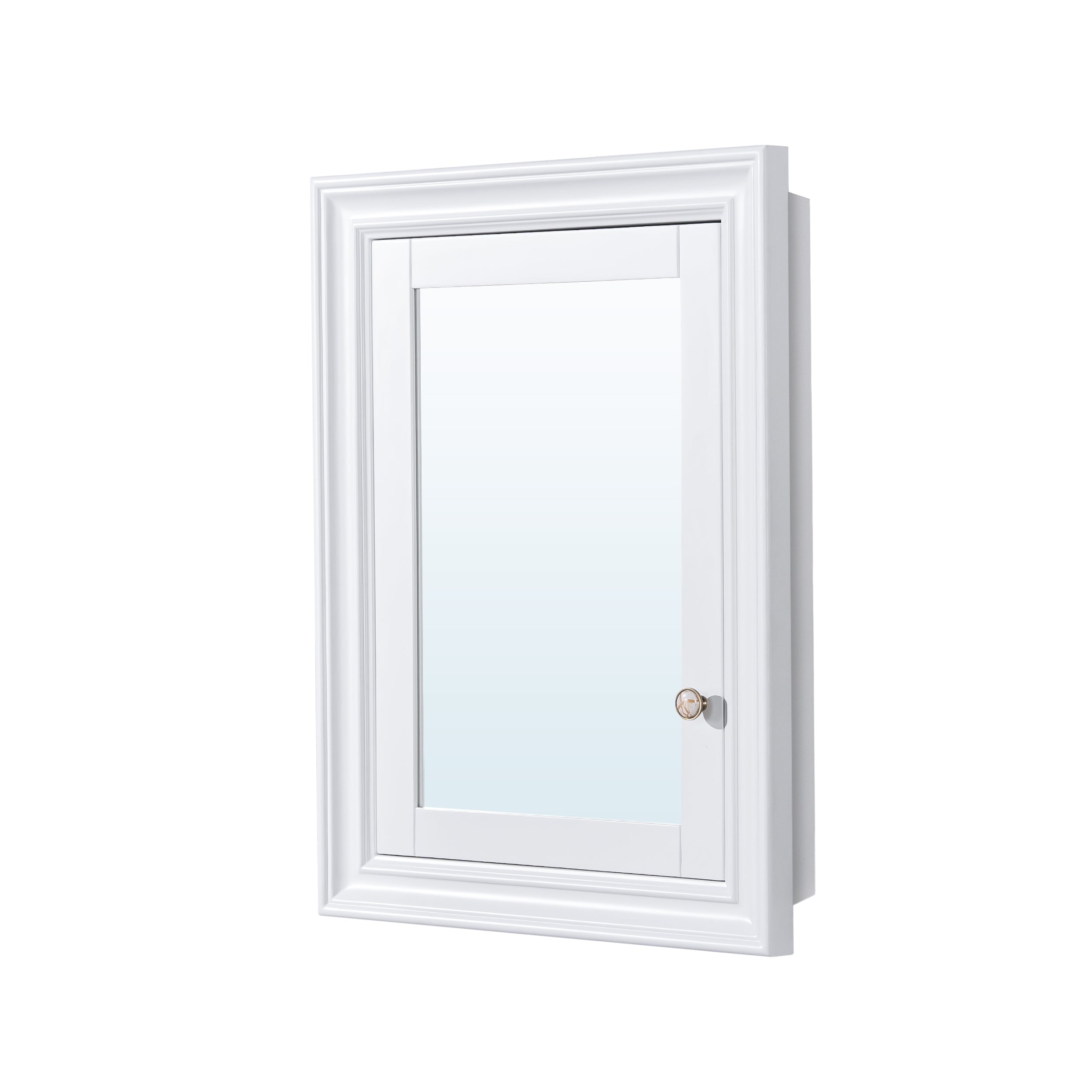
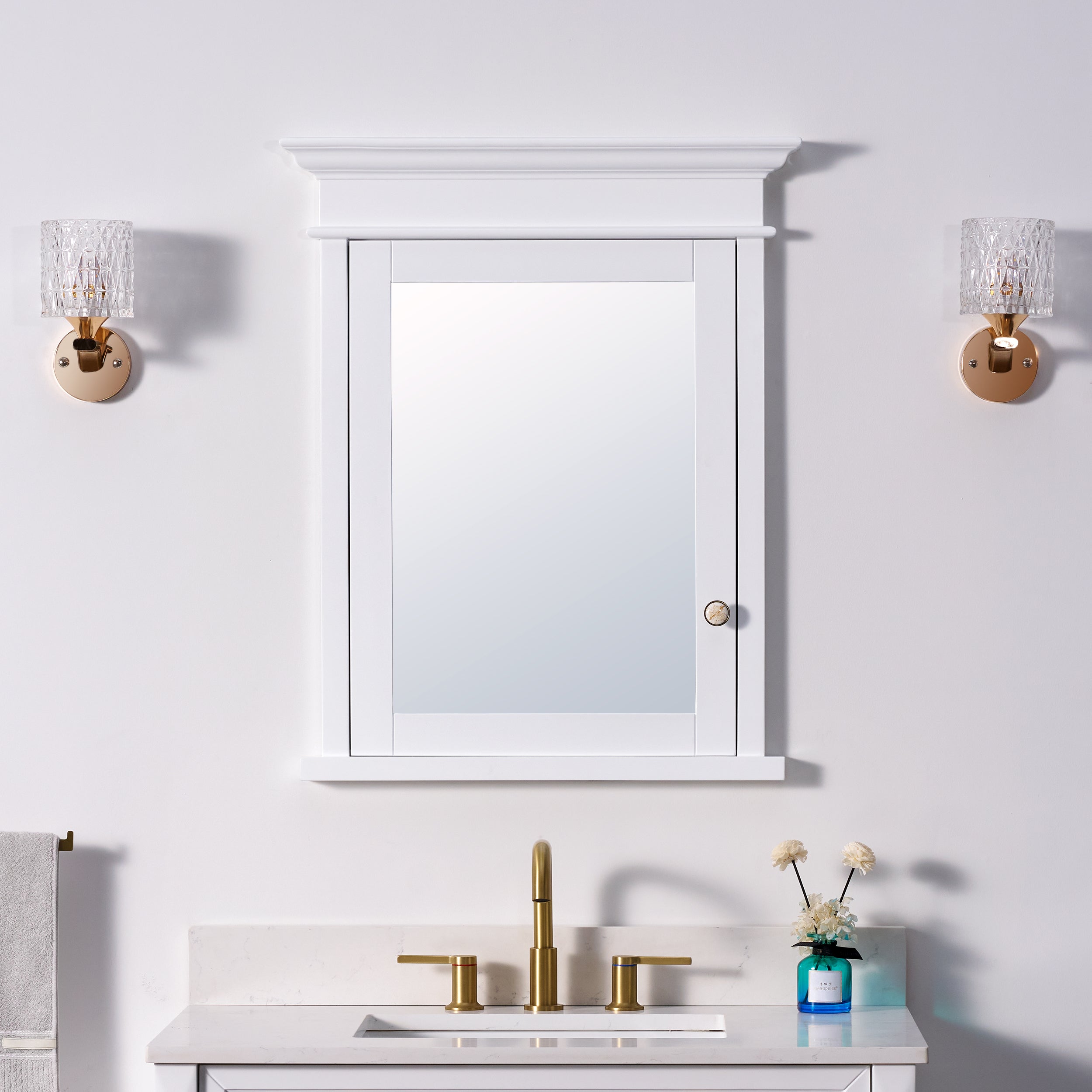
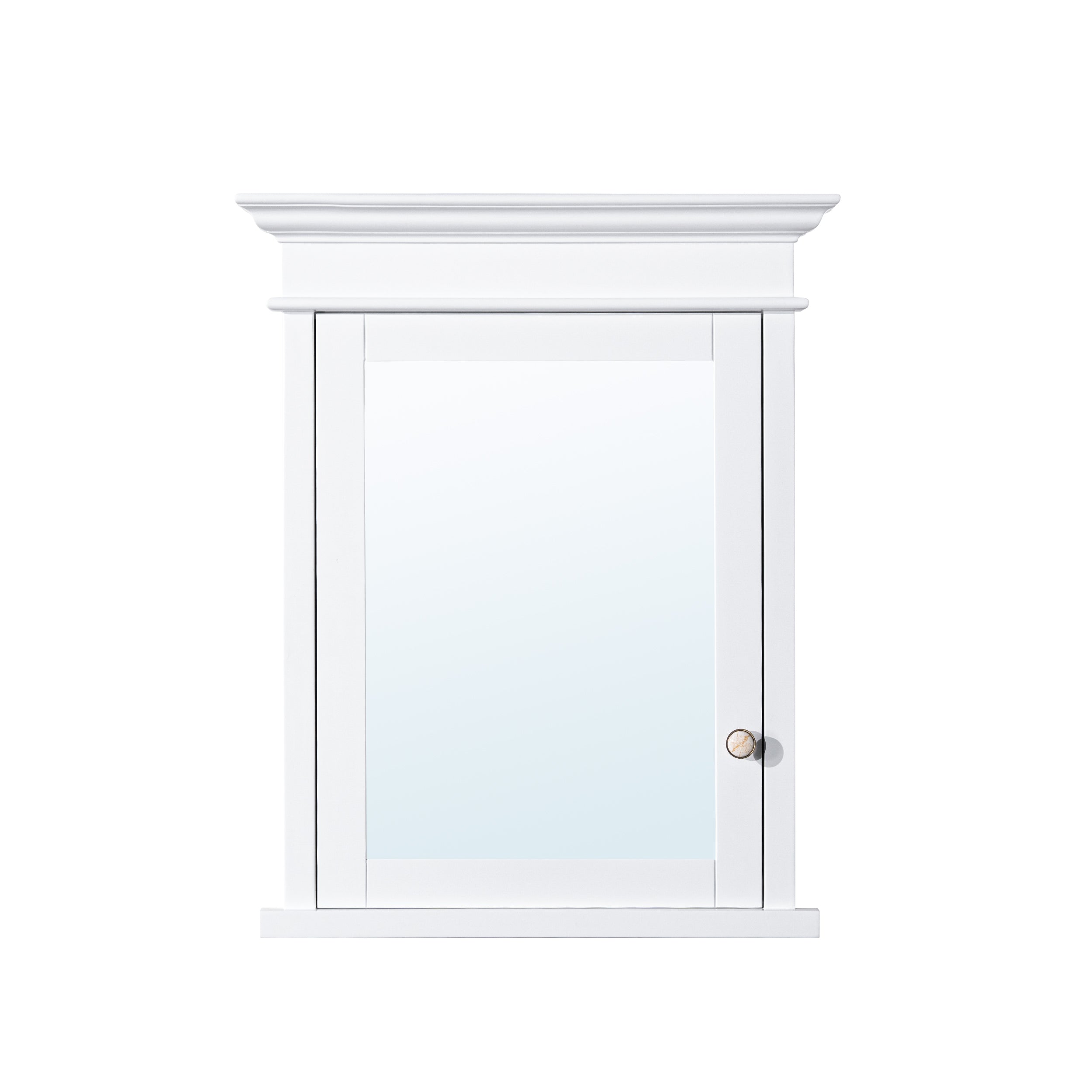

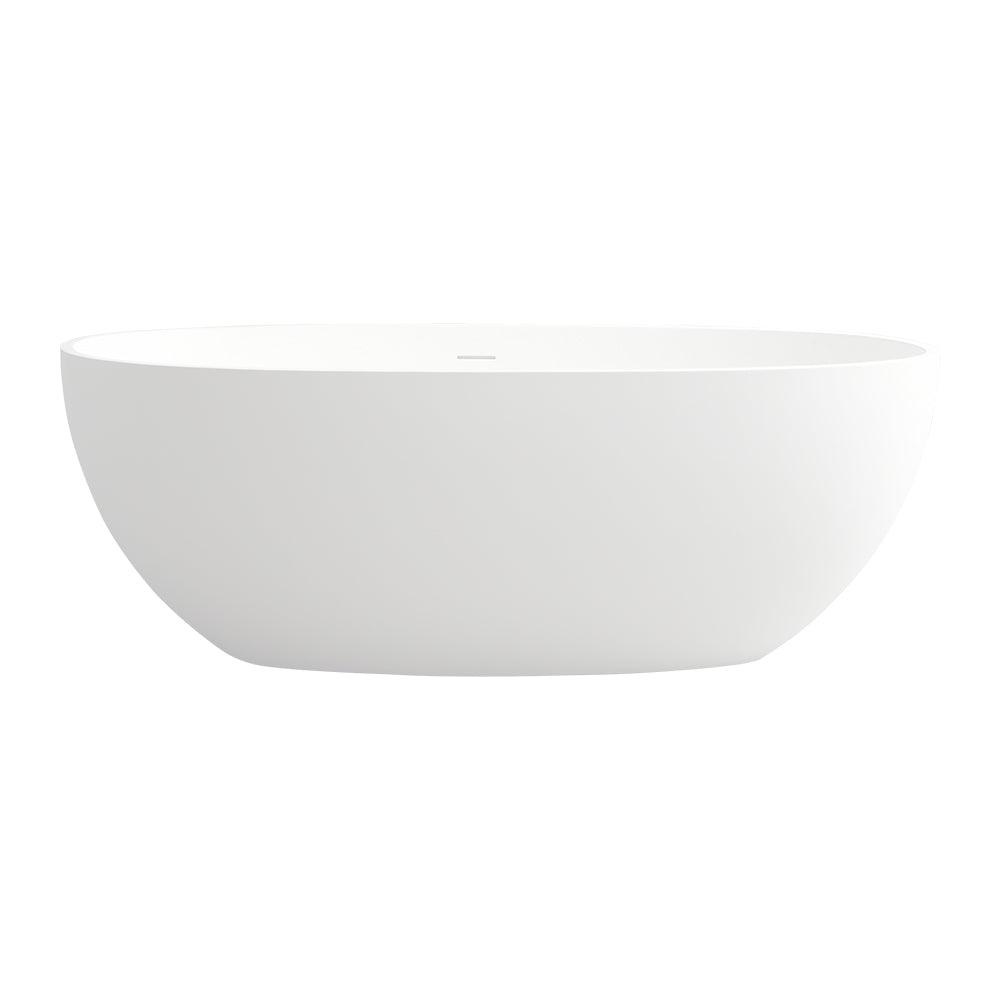


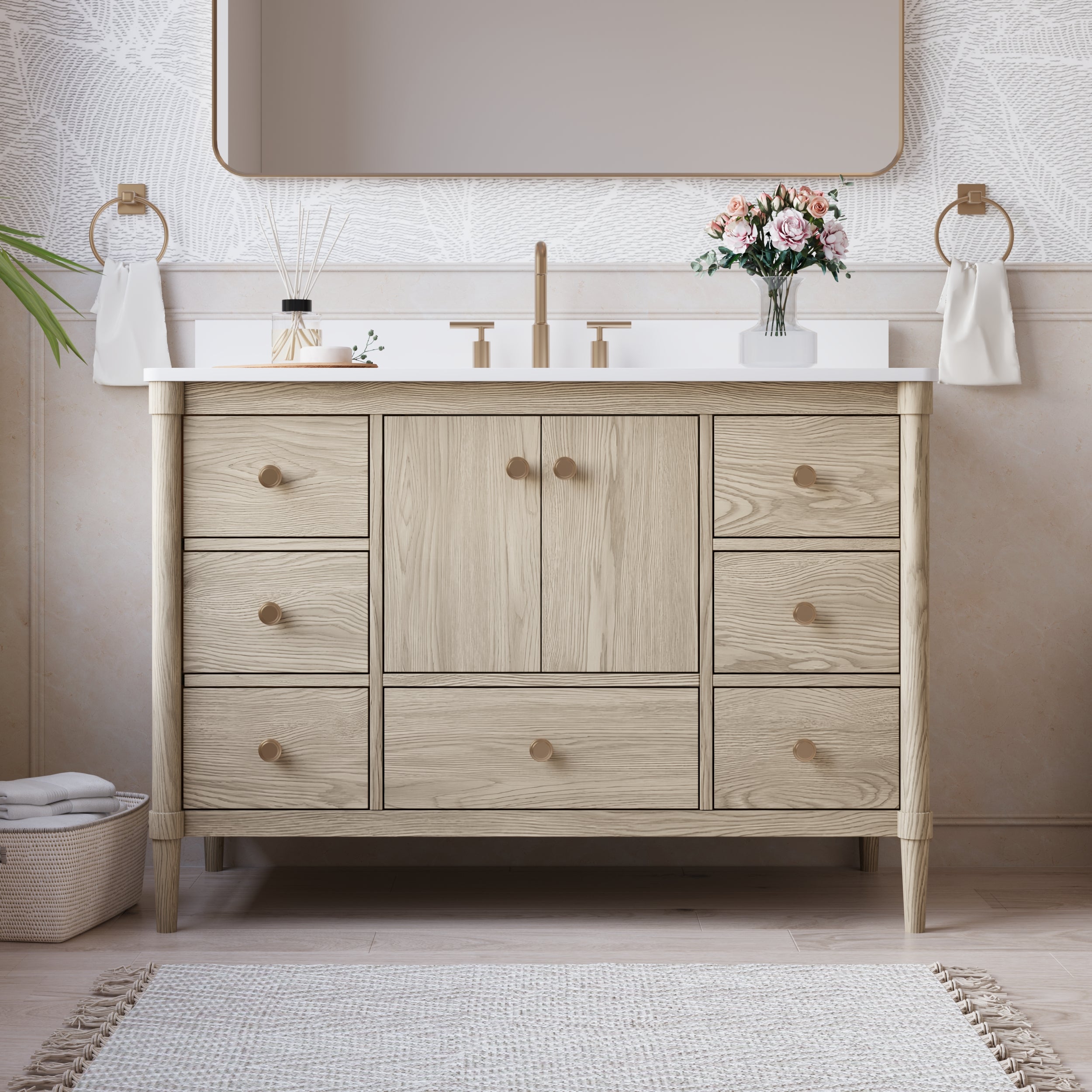
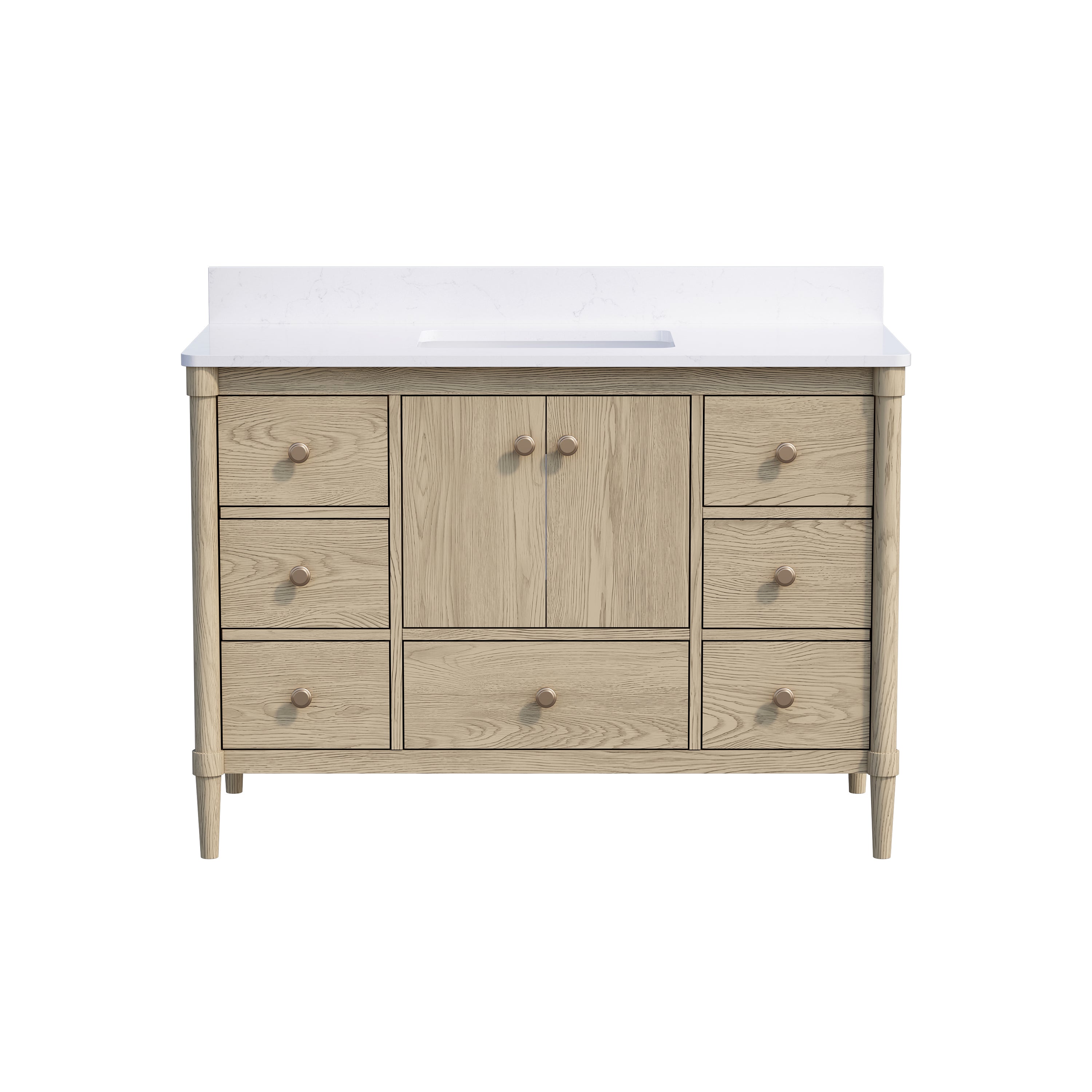
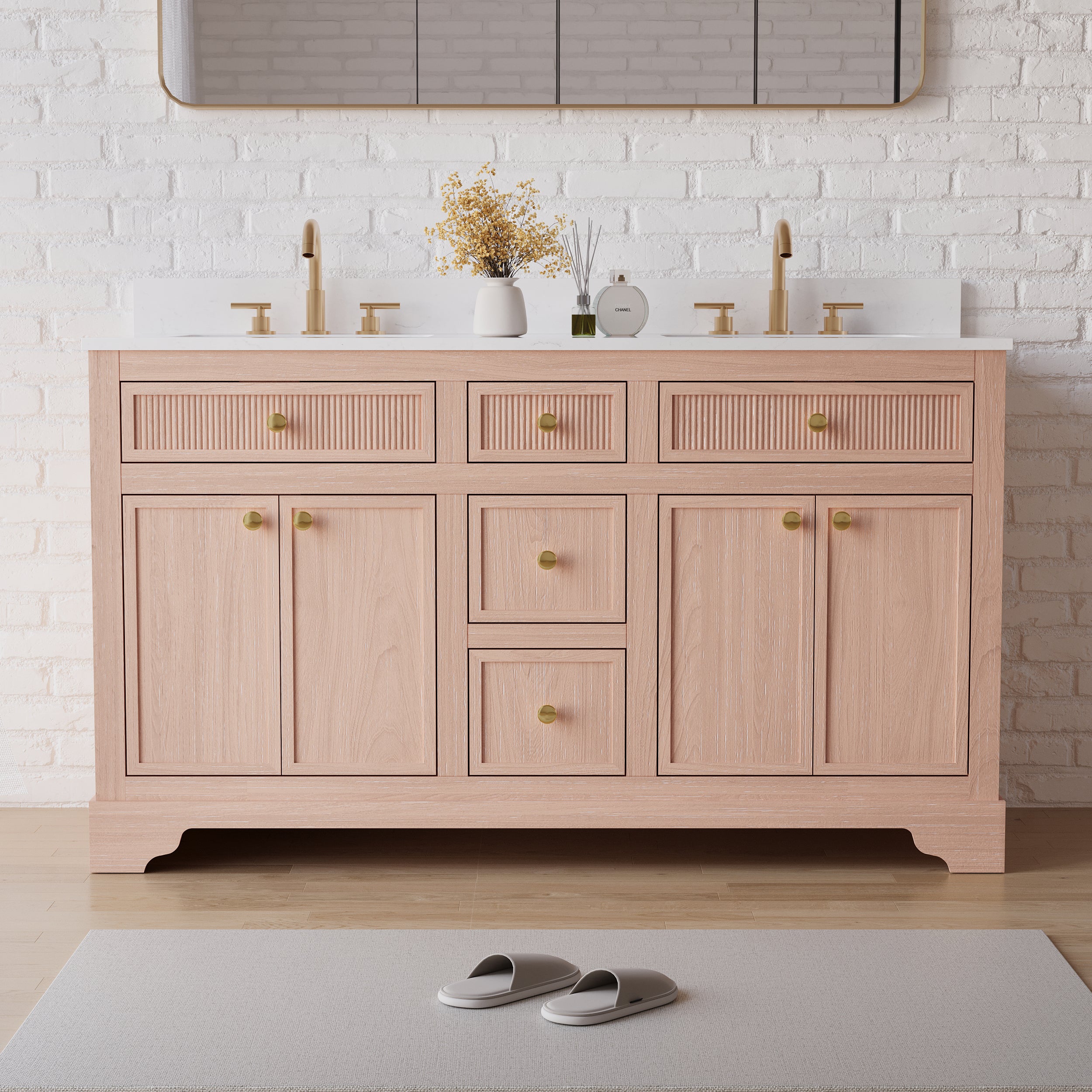

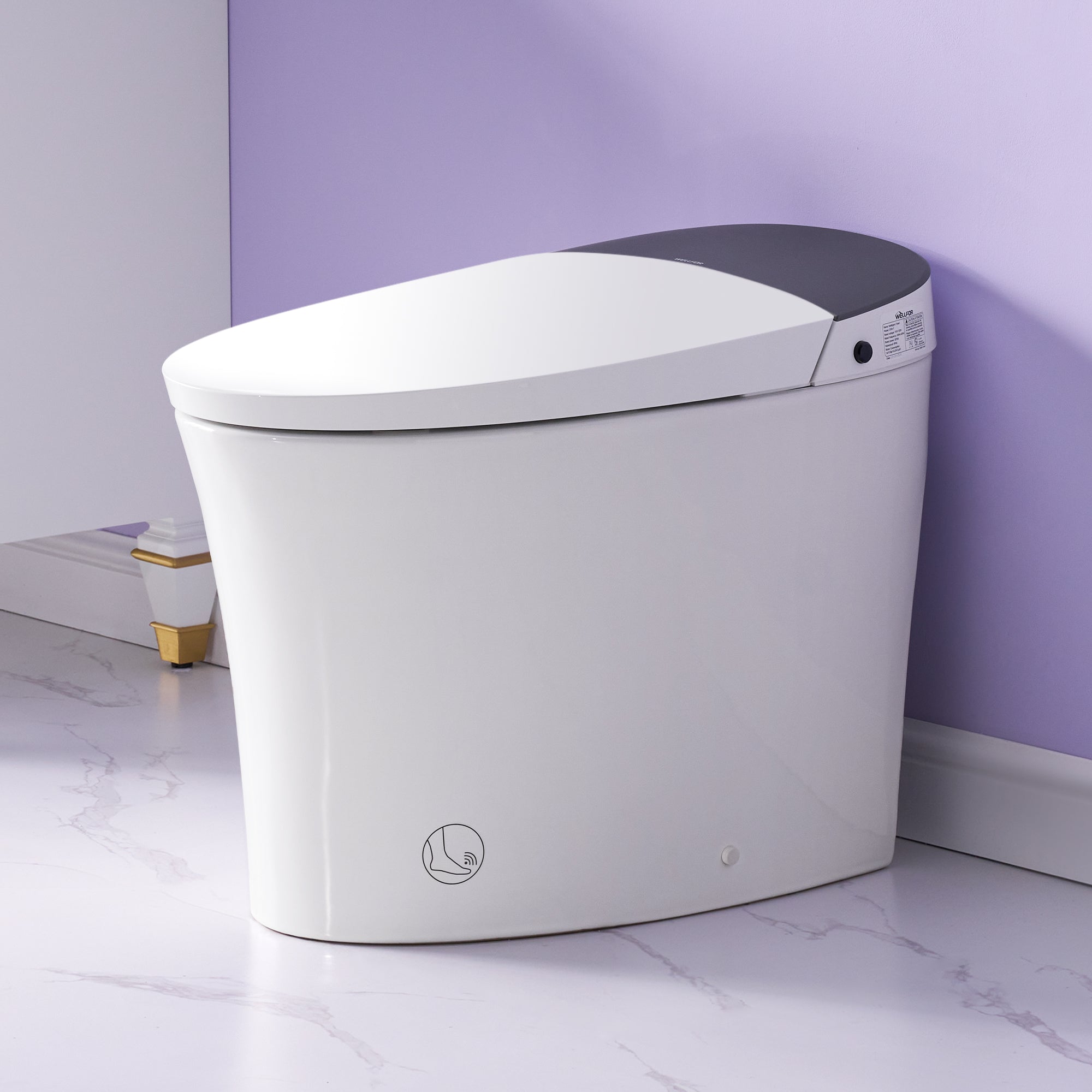
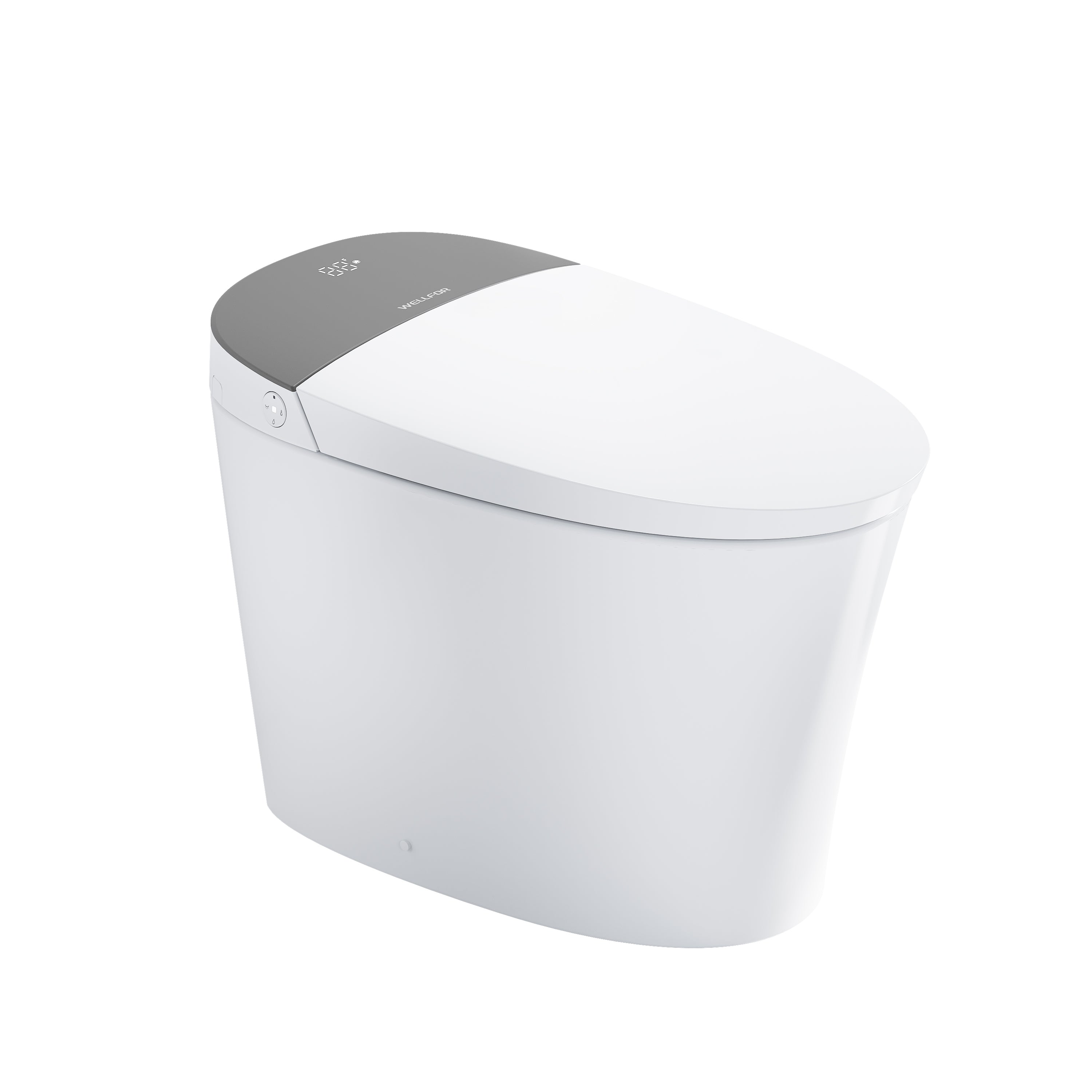
Leave a comment
This site is protected by hCaptcha and the hCaptcha Privacy Policy and Terms of Service apply.